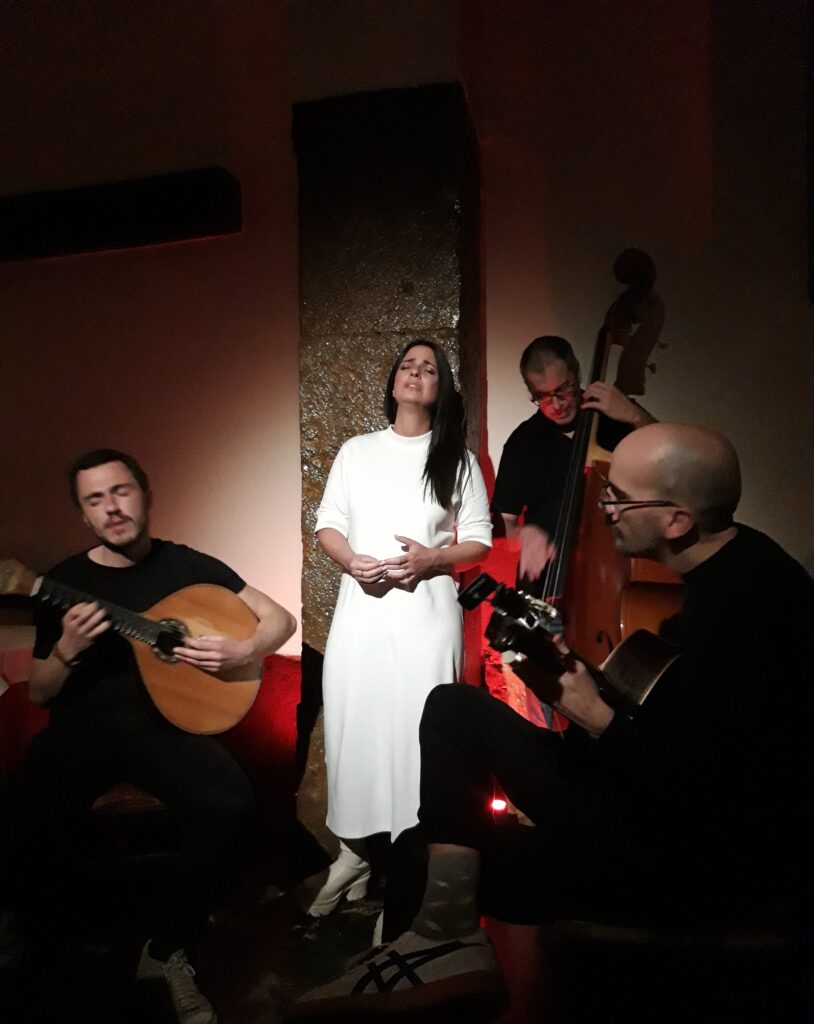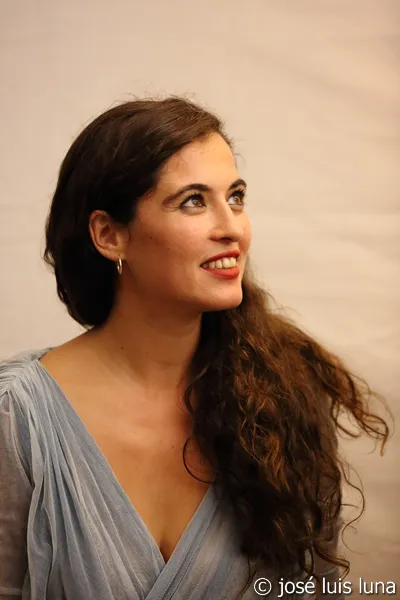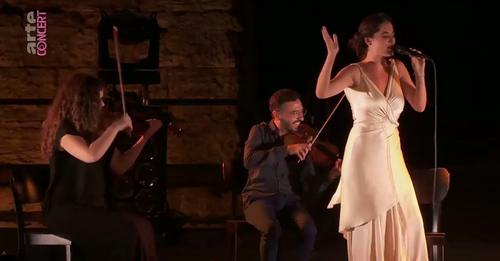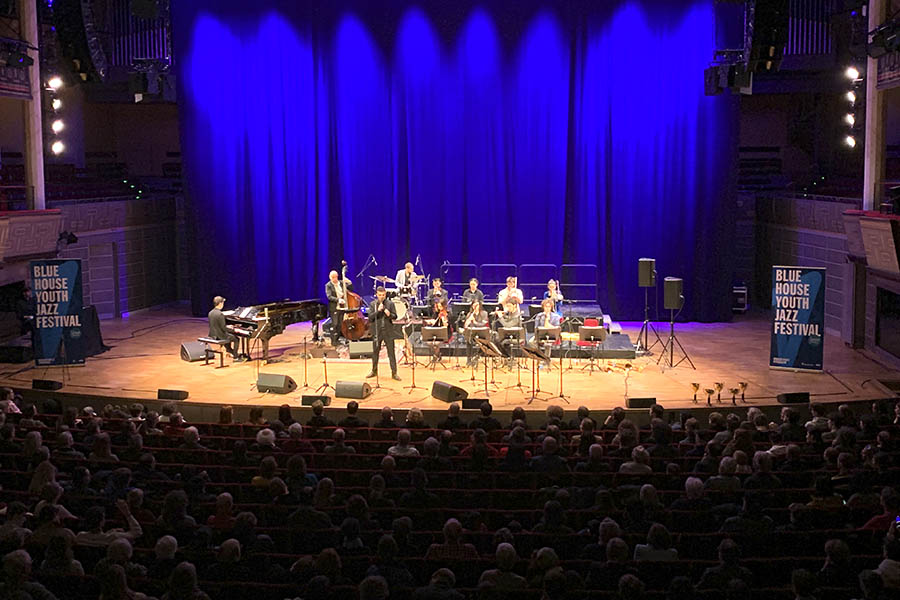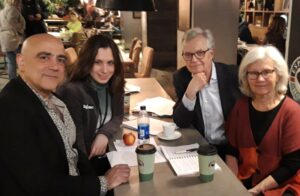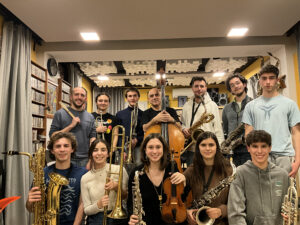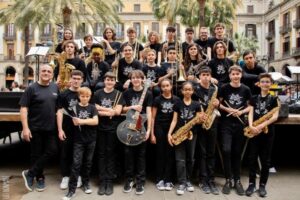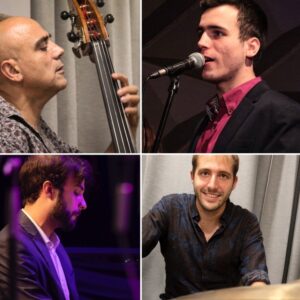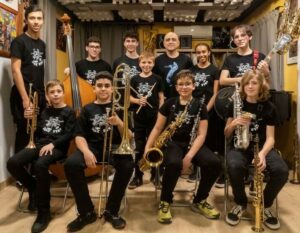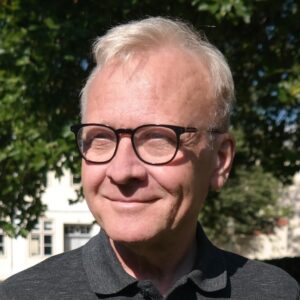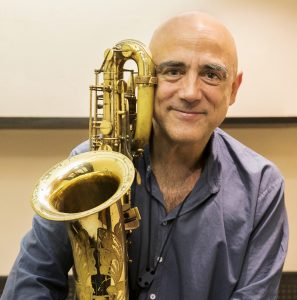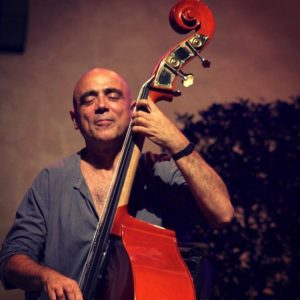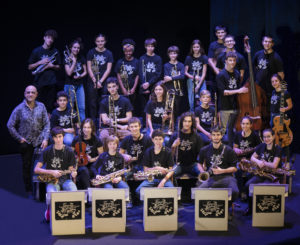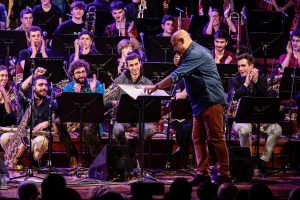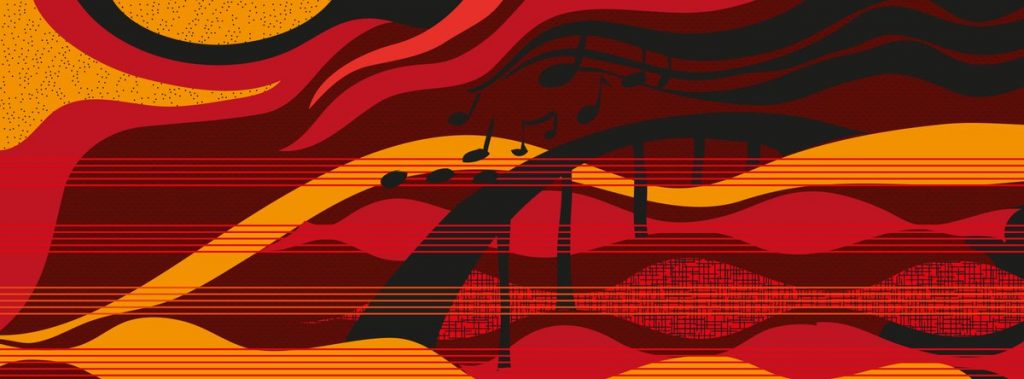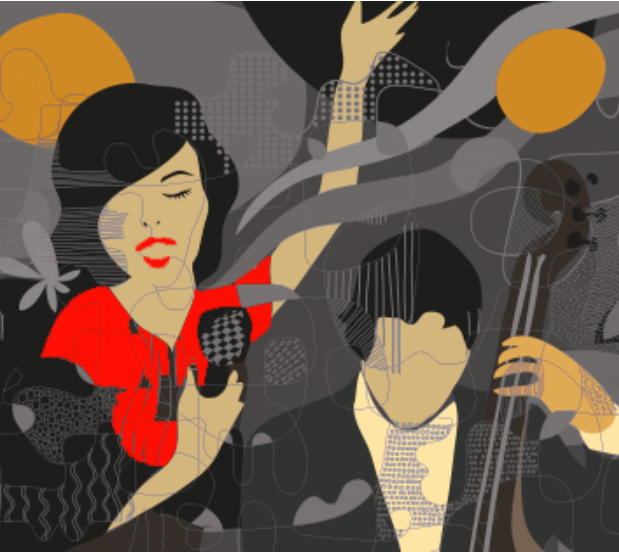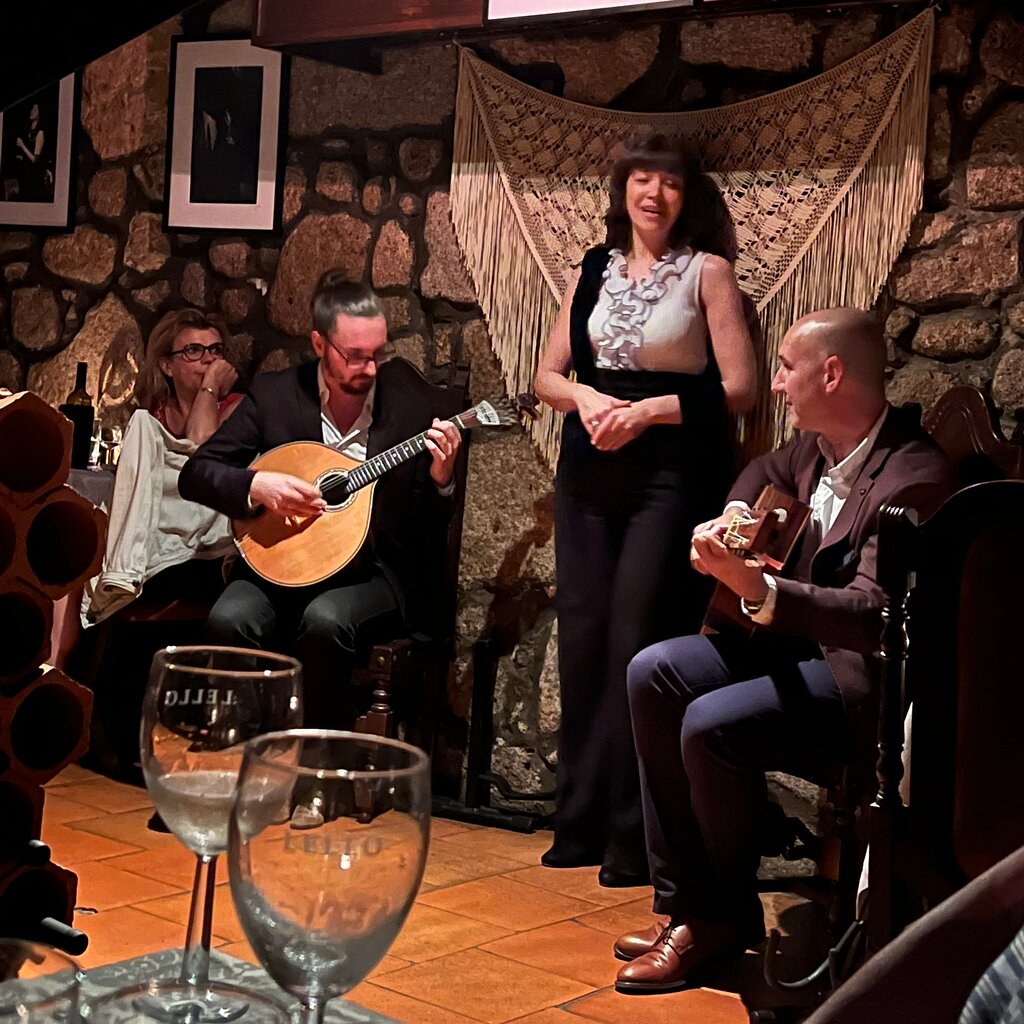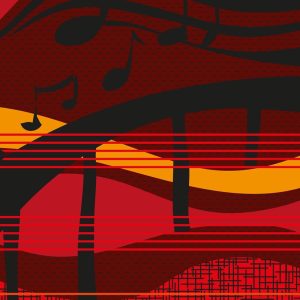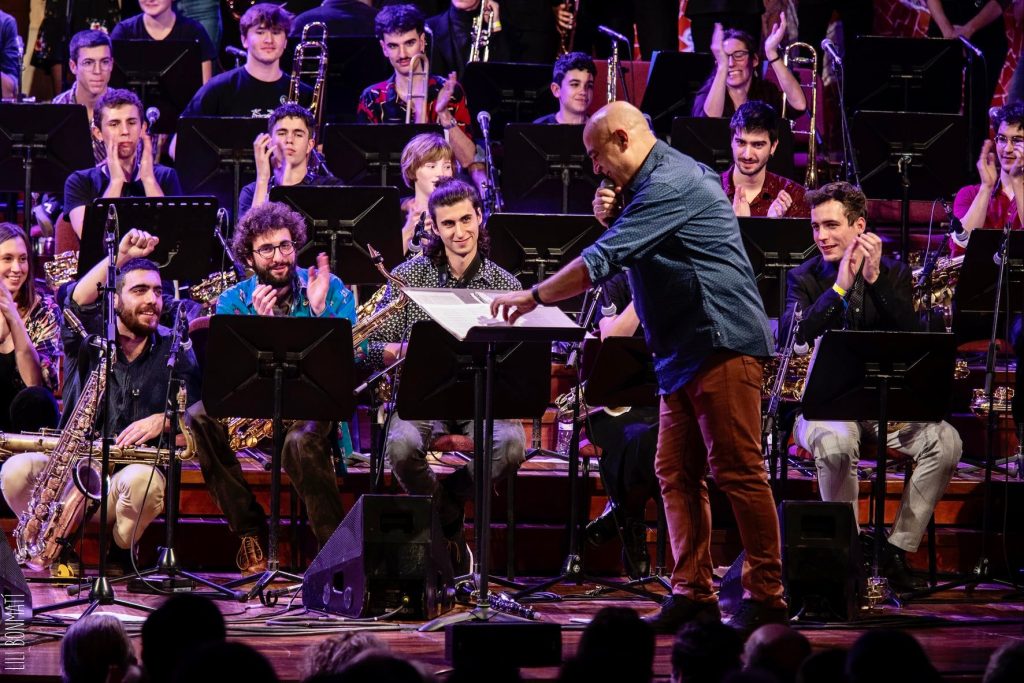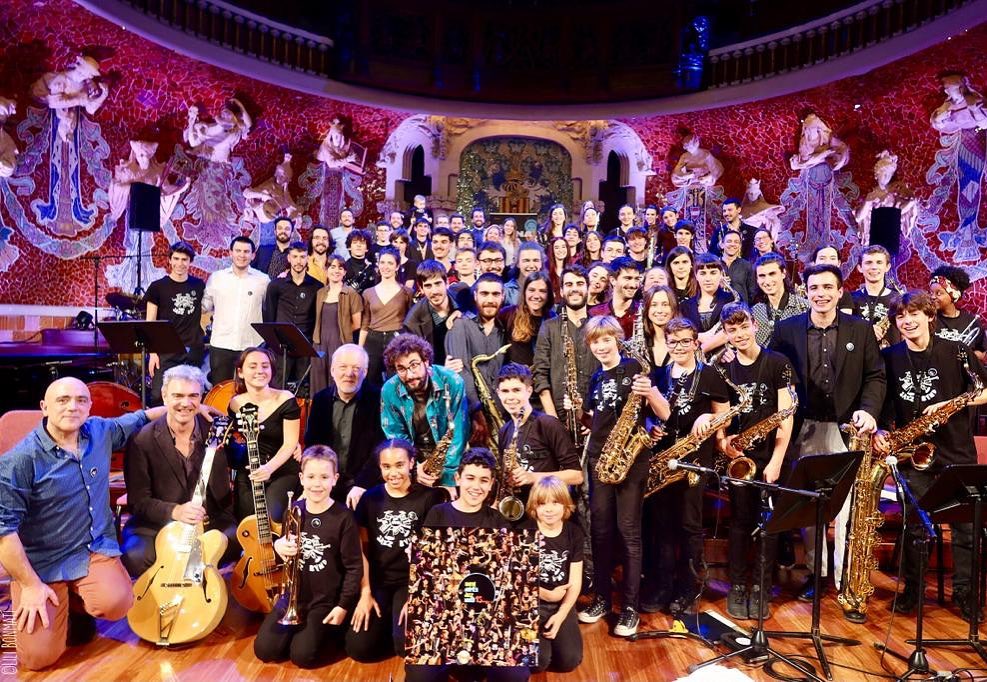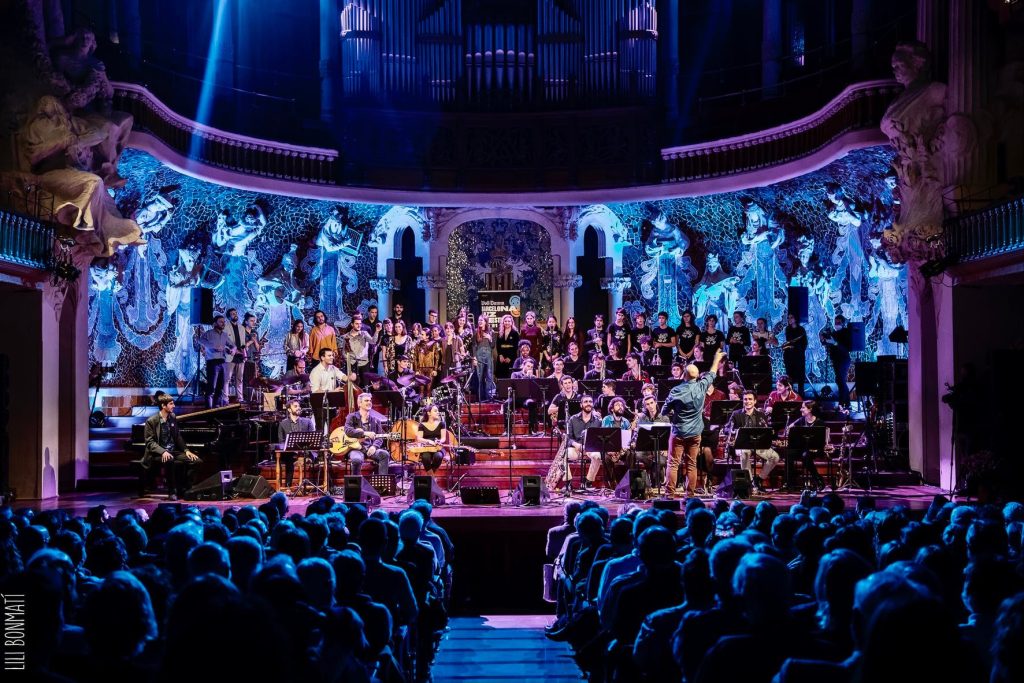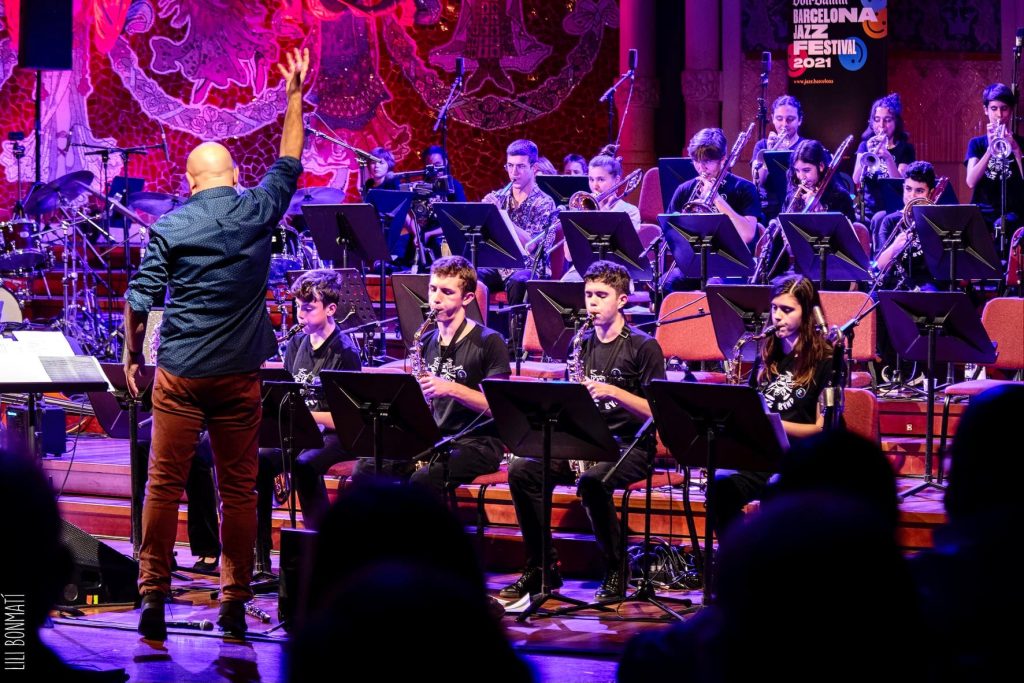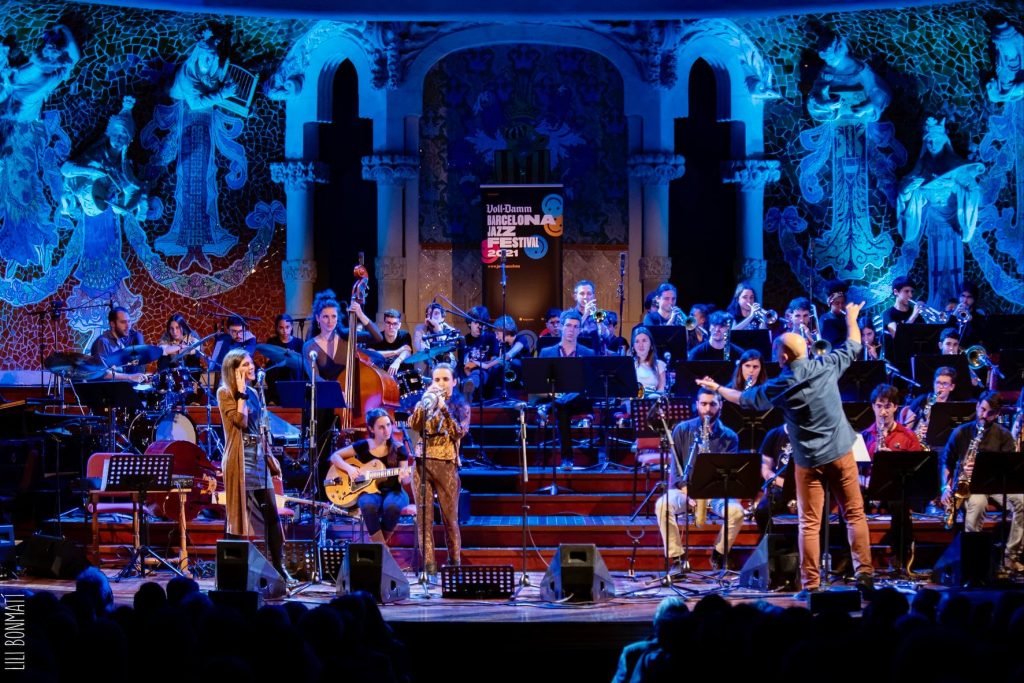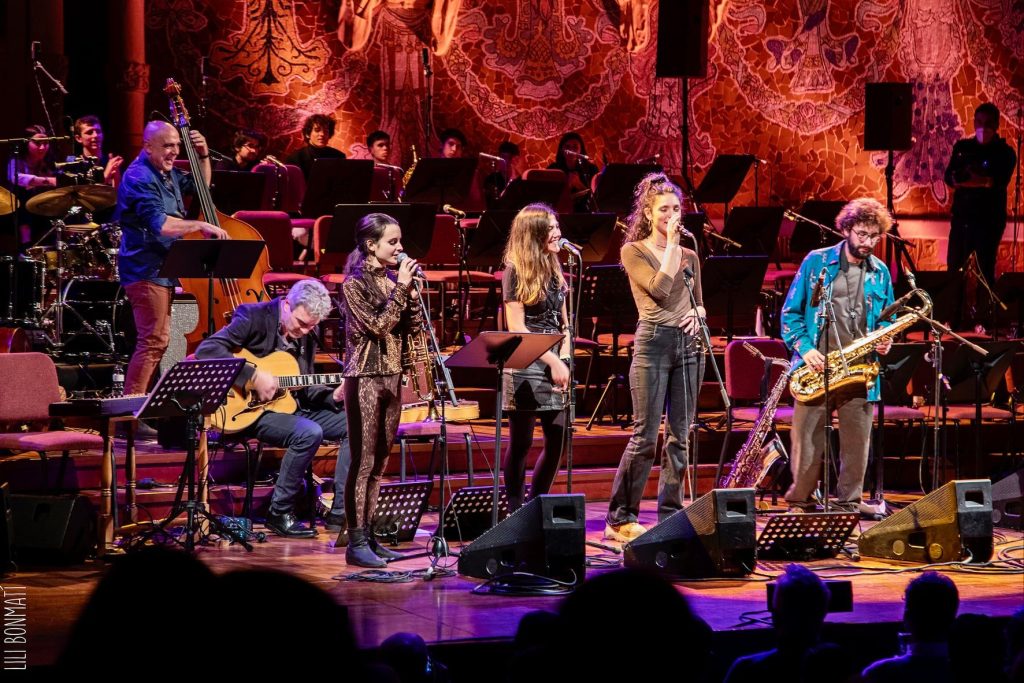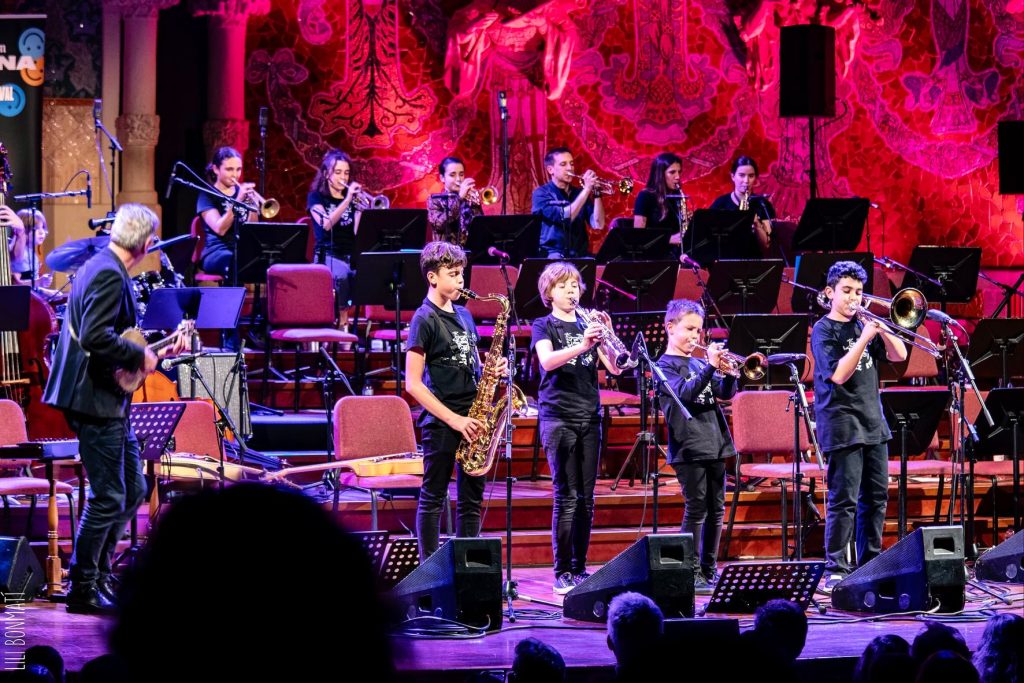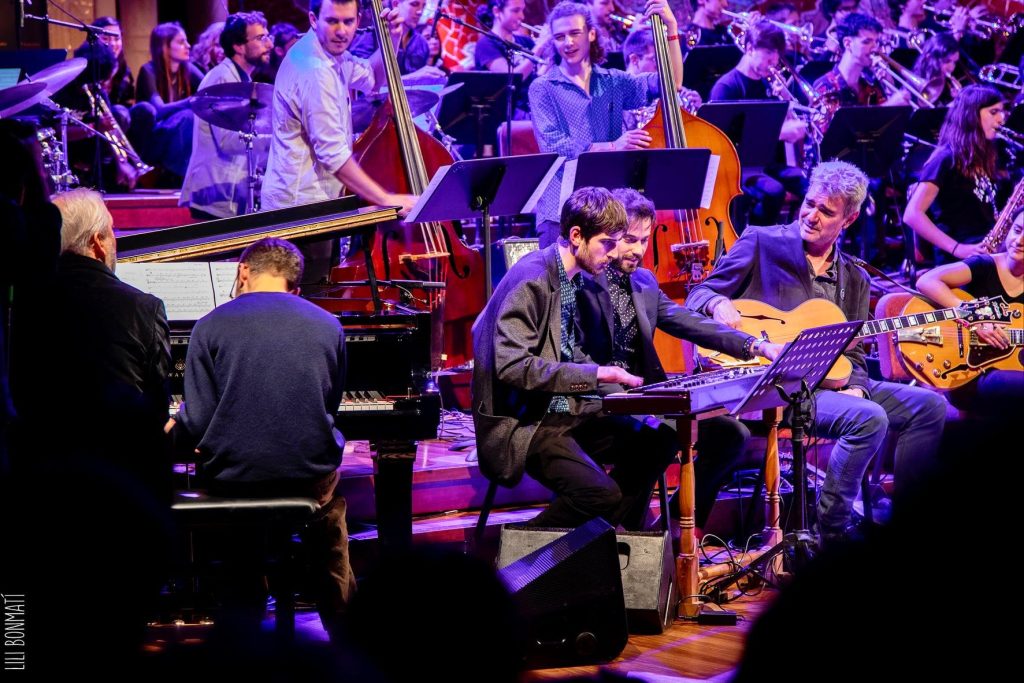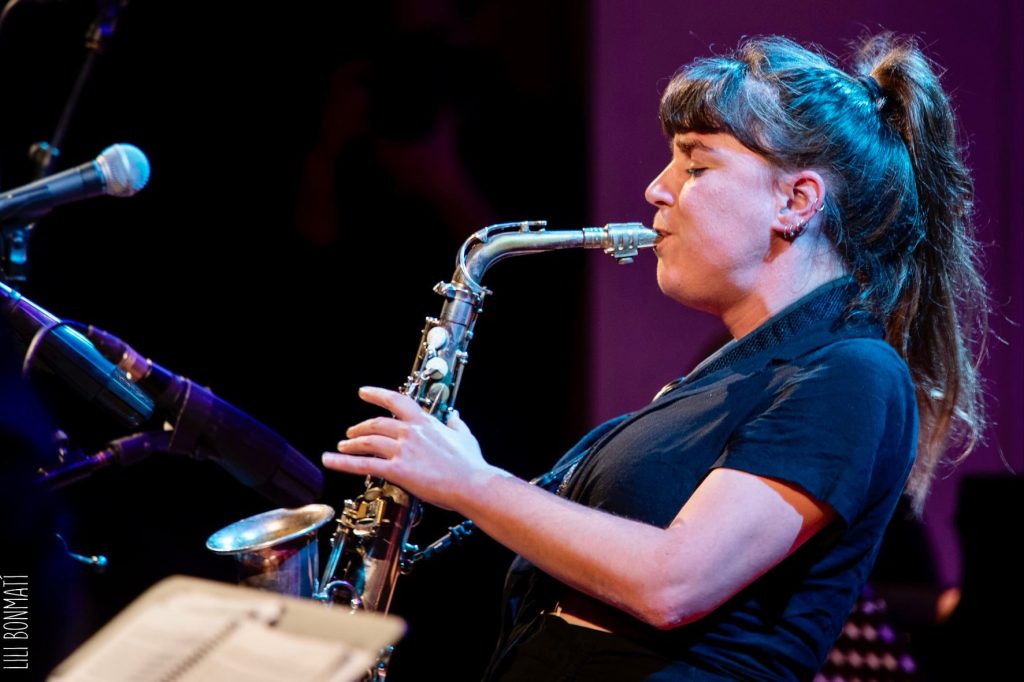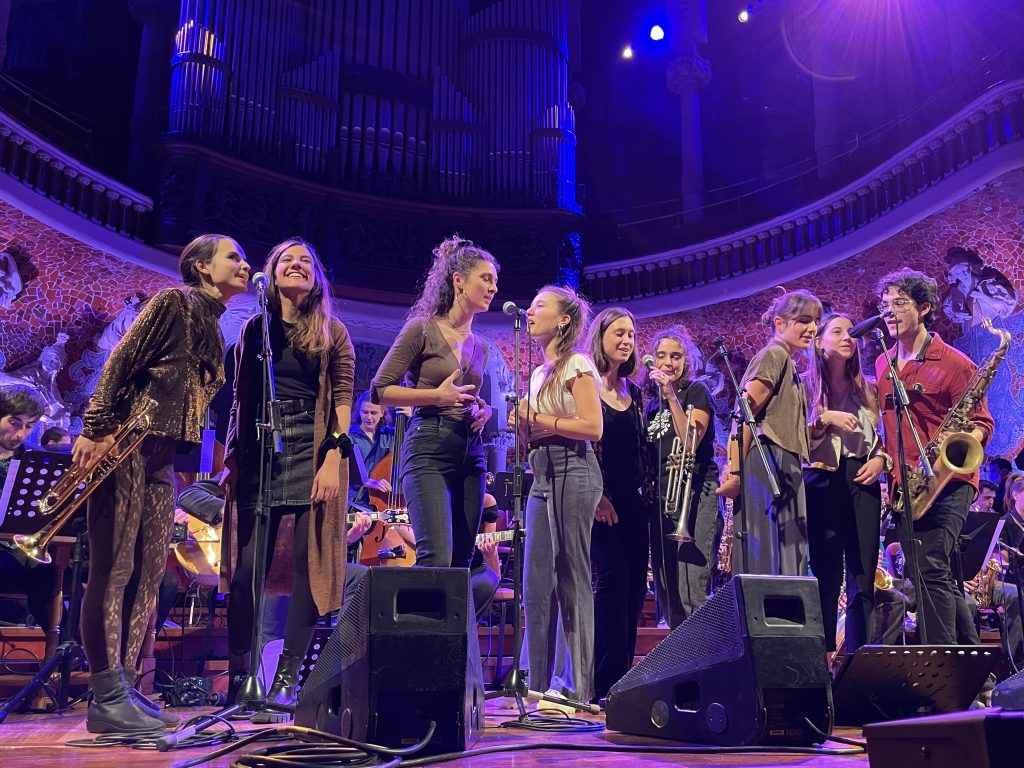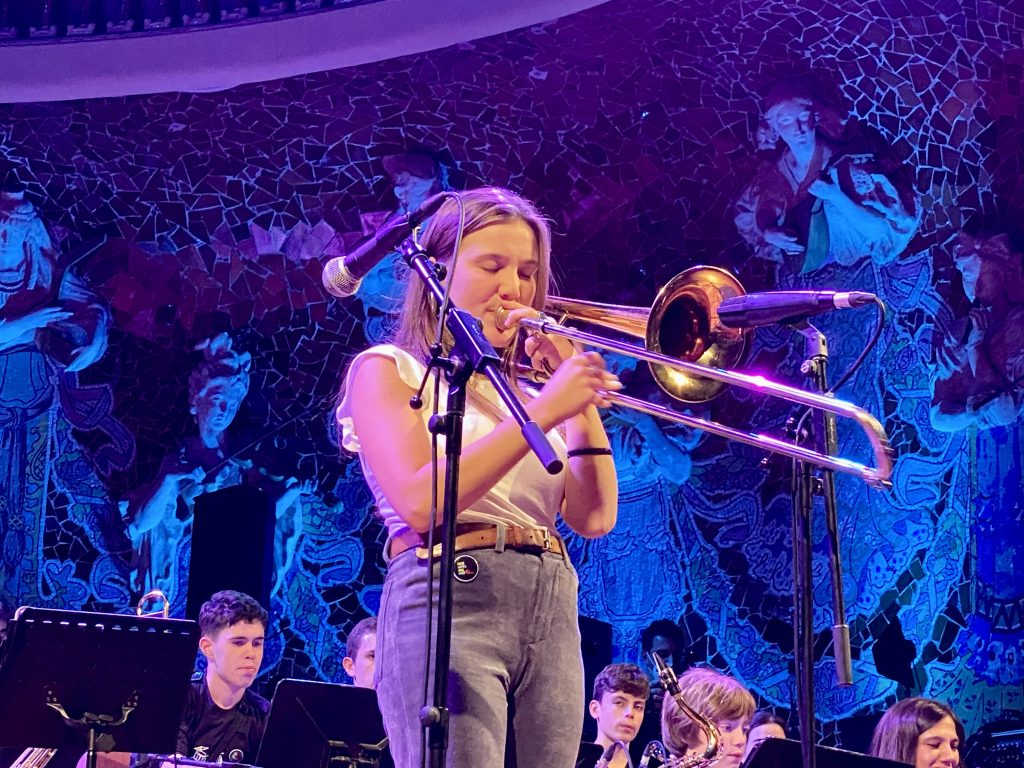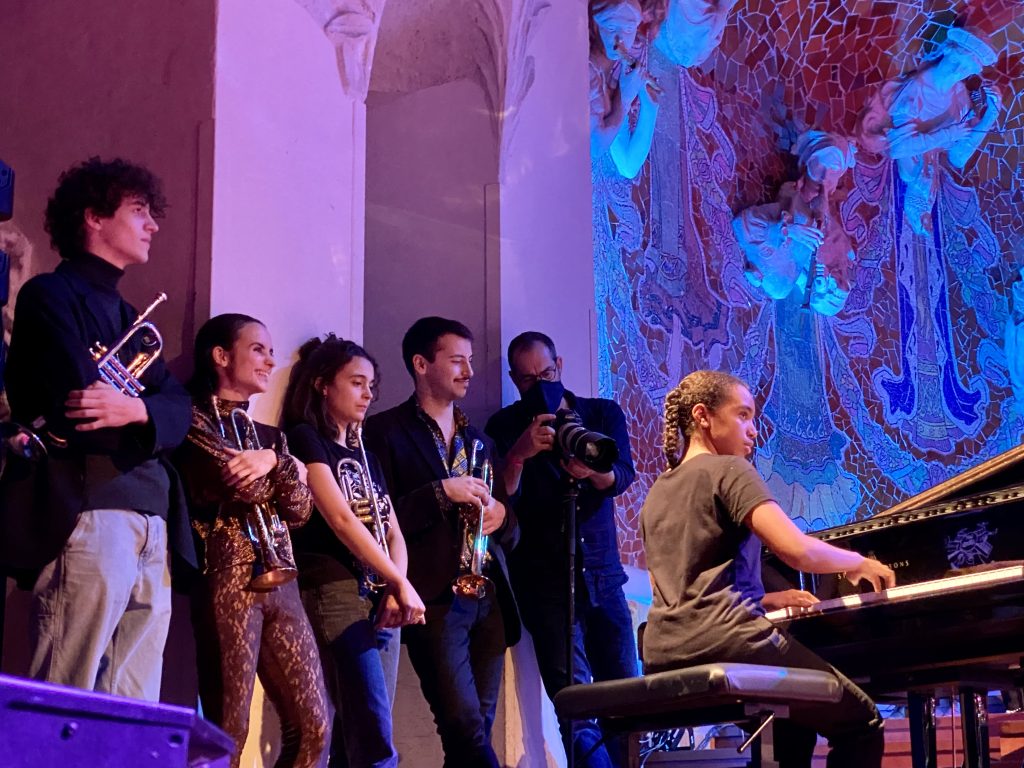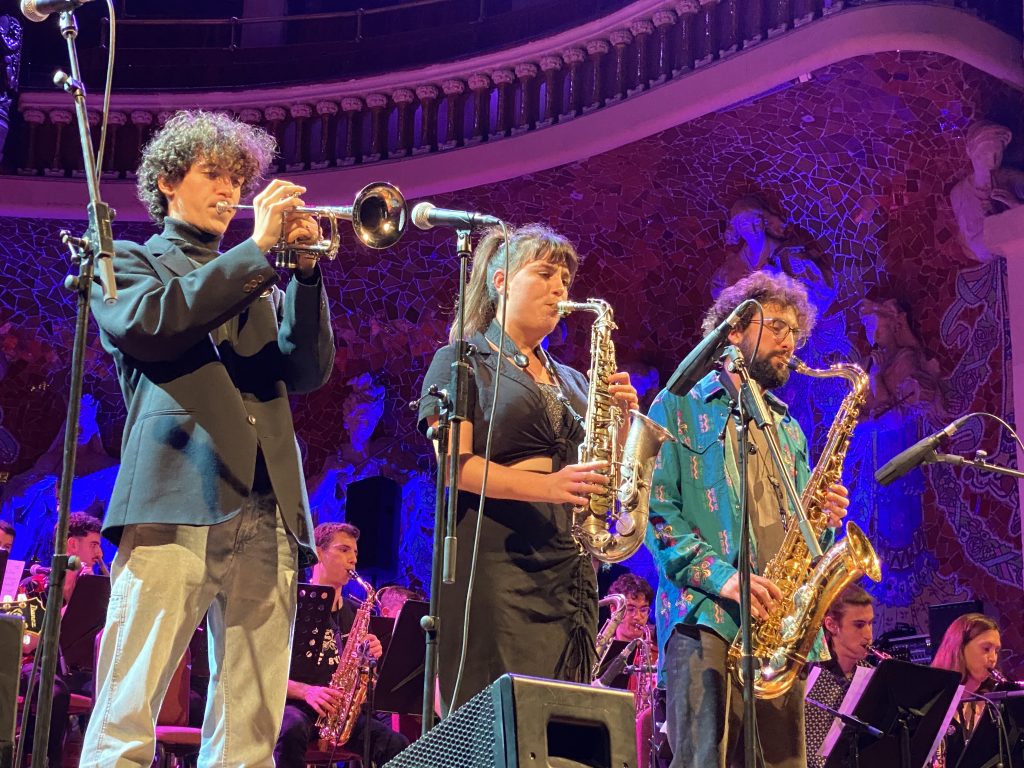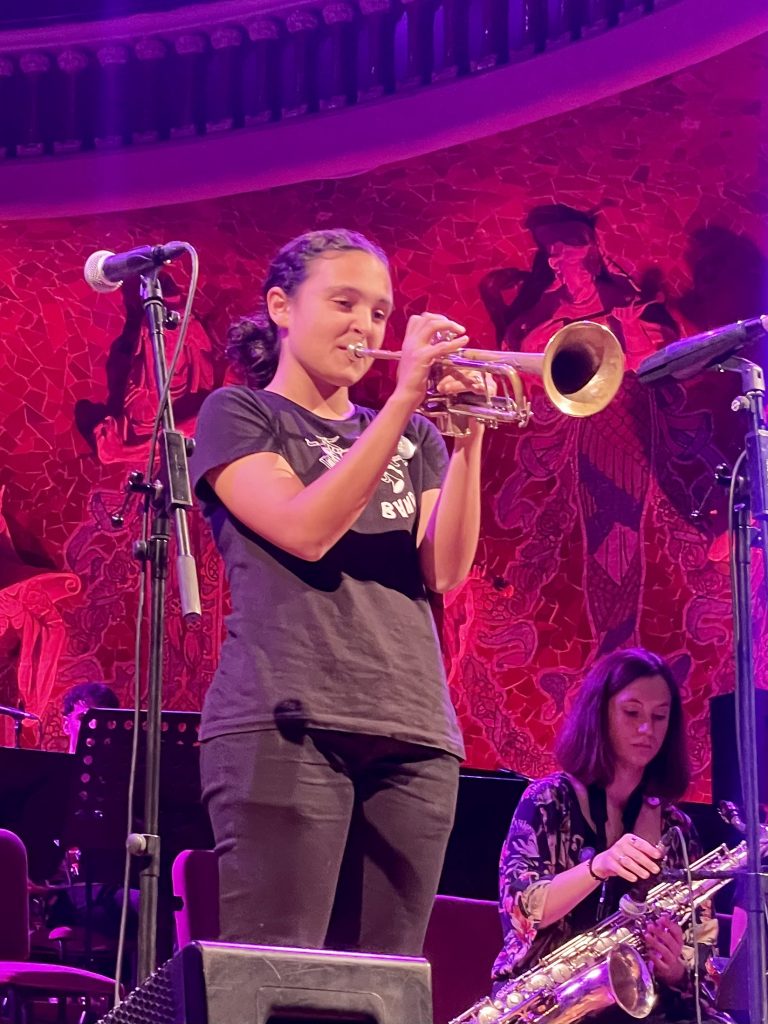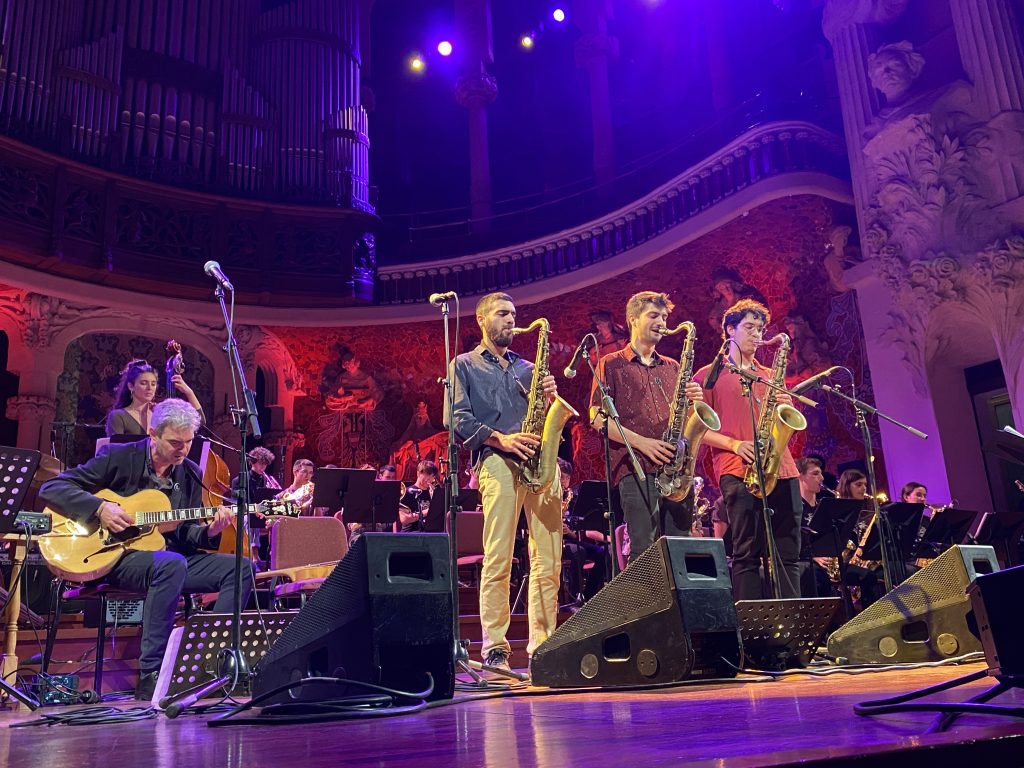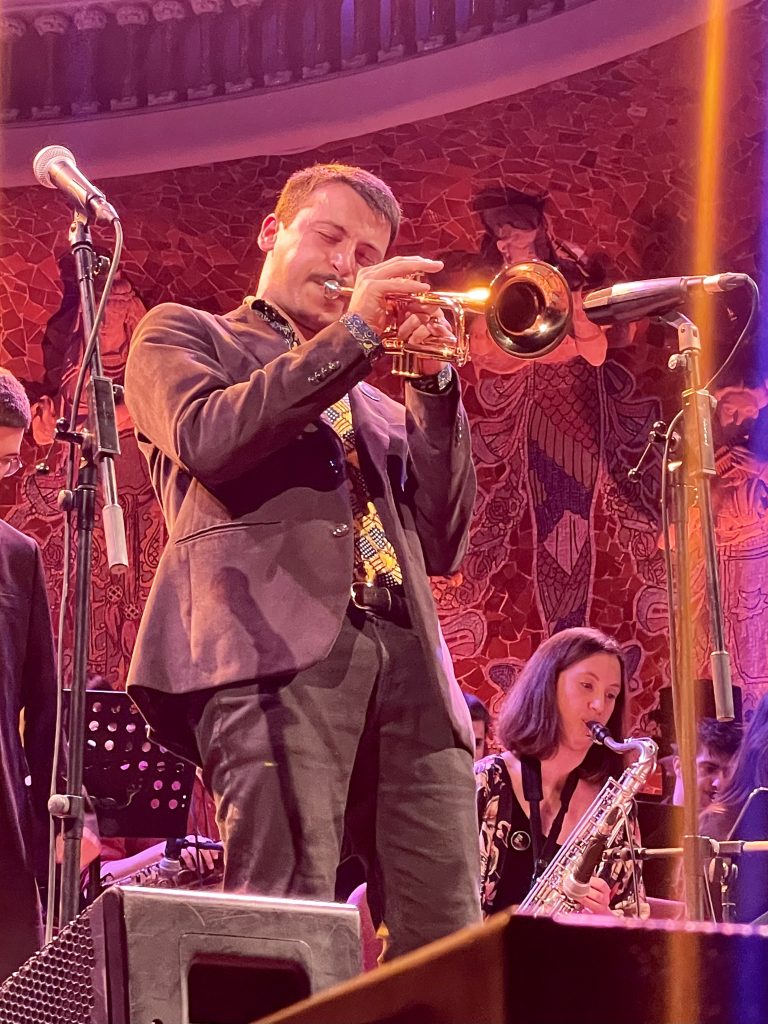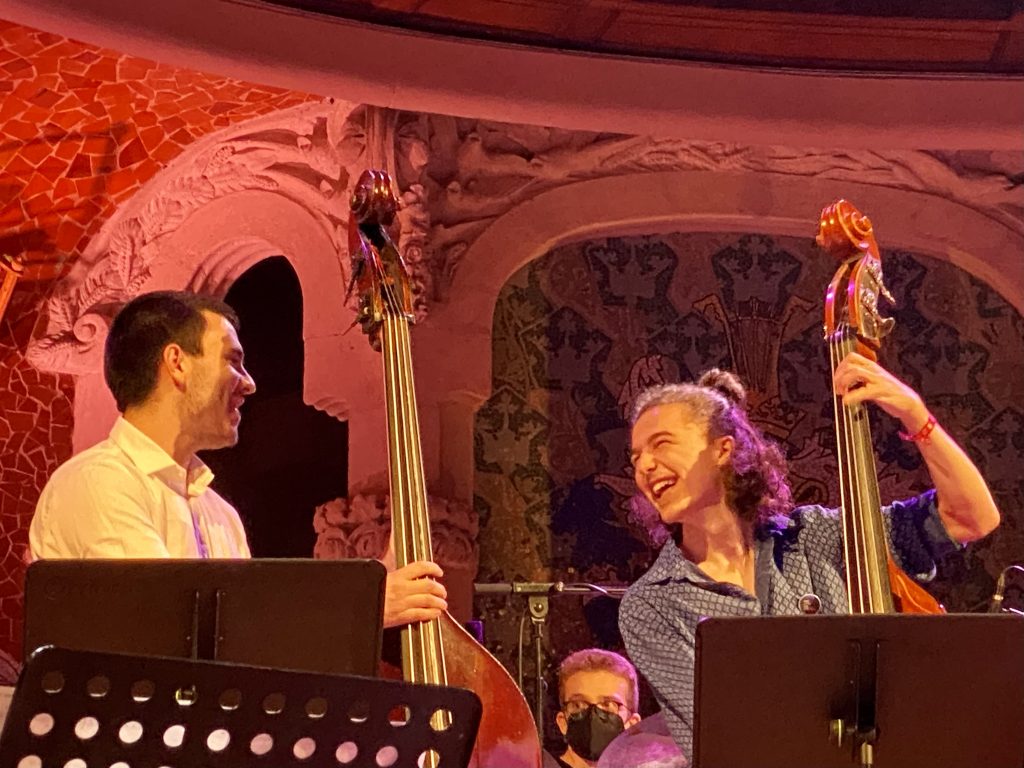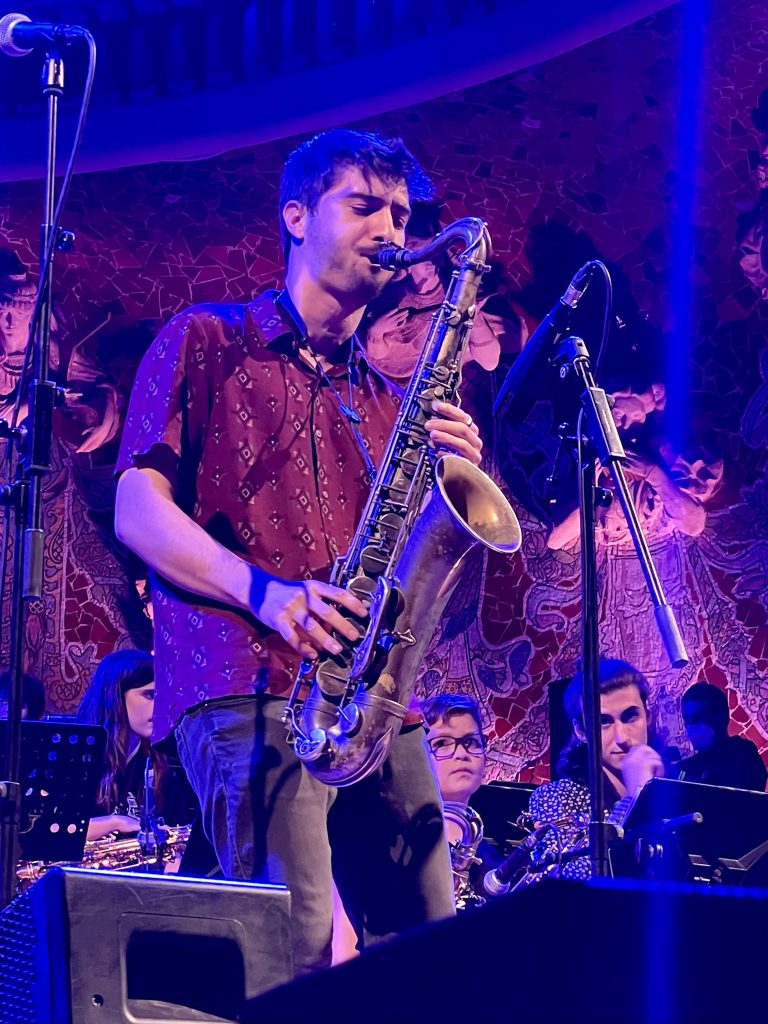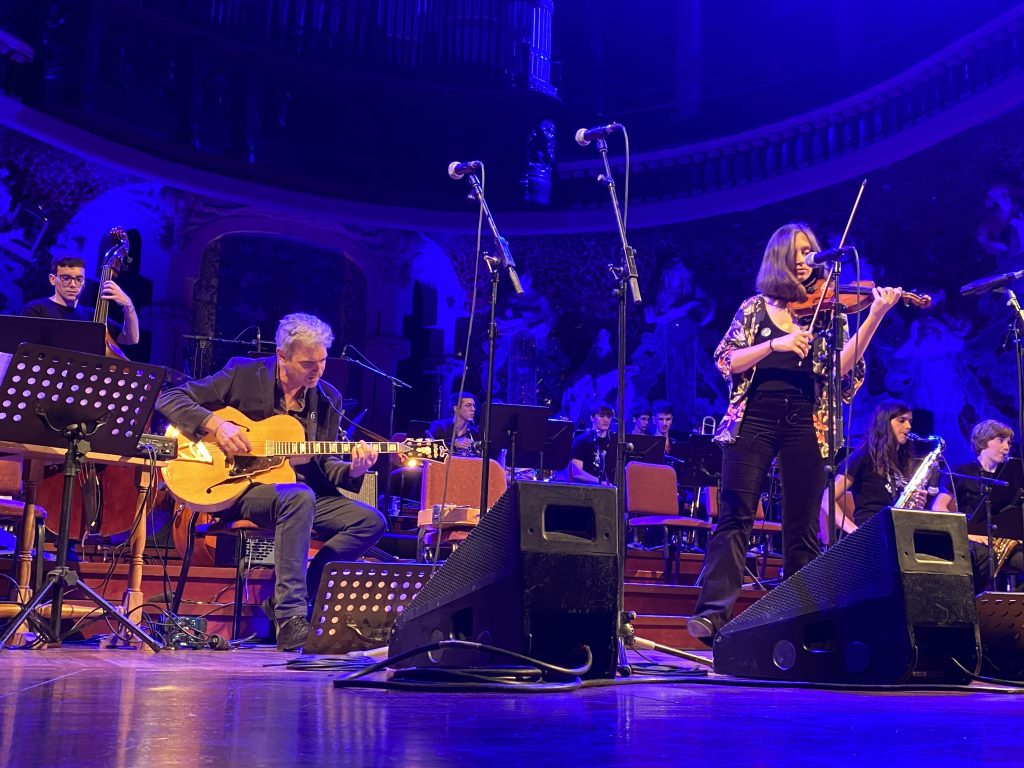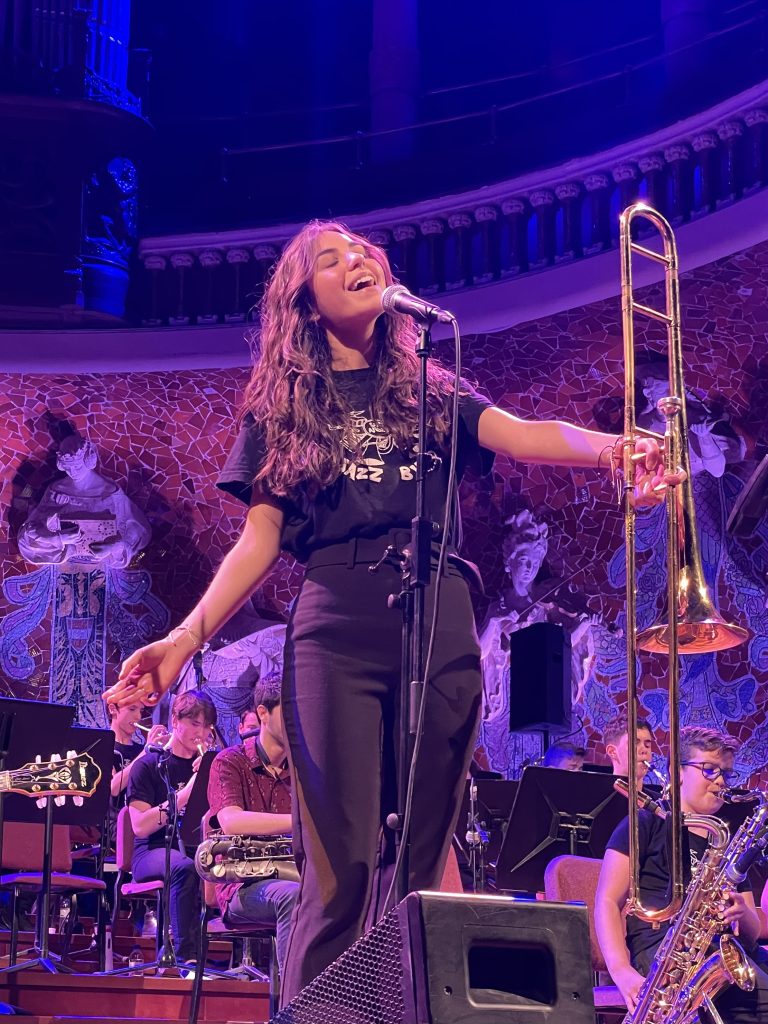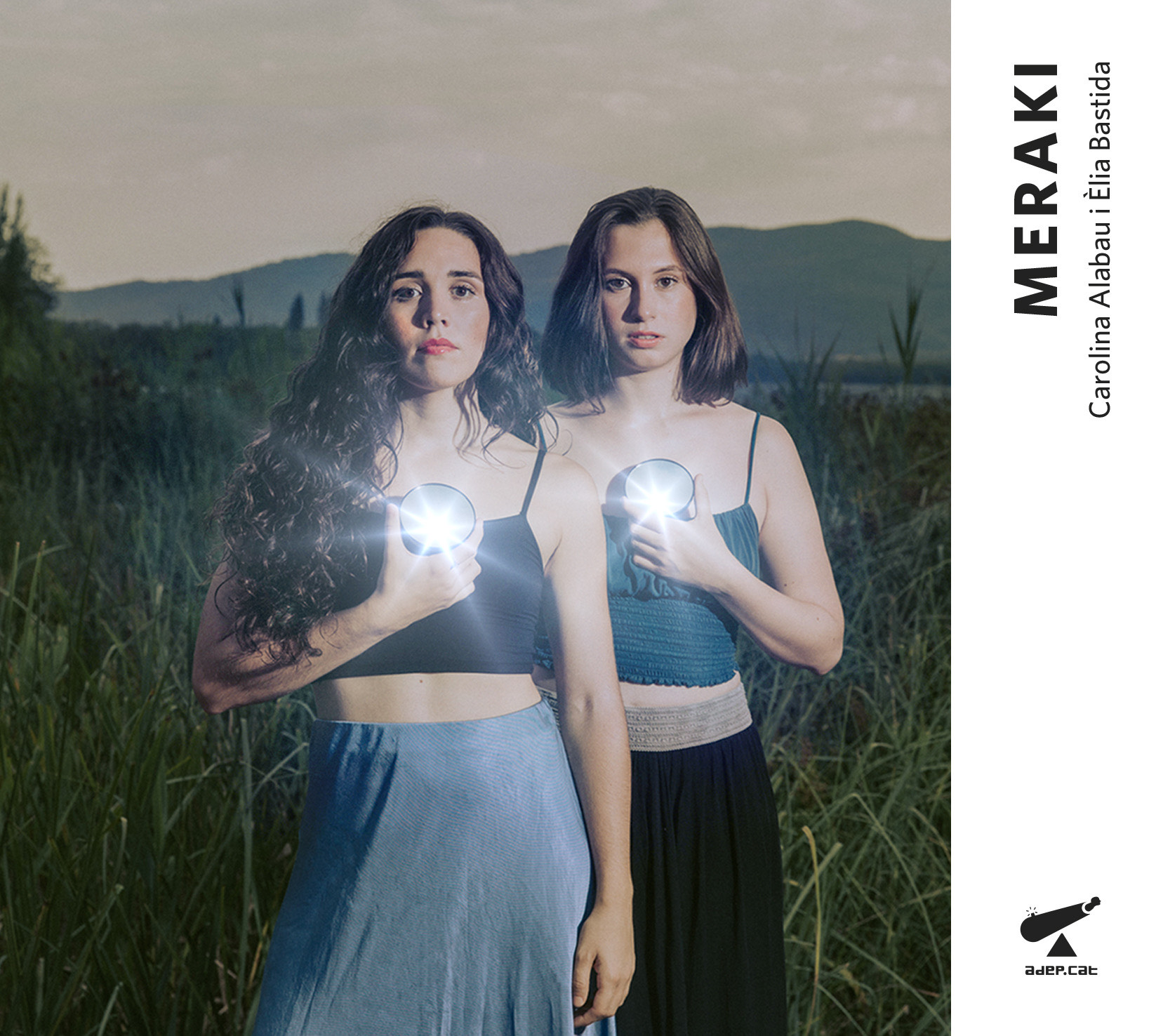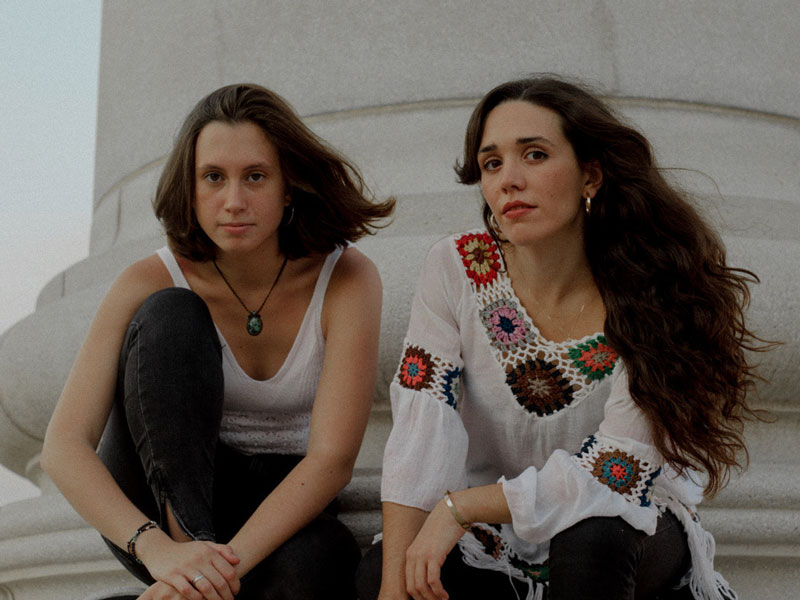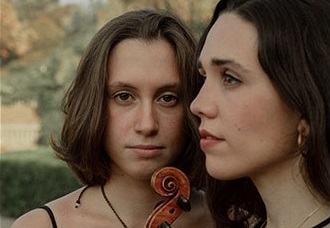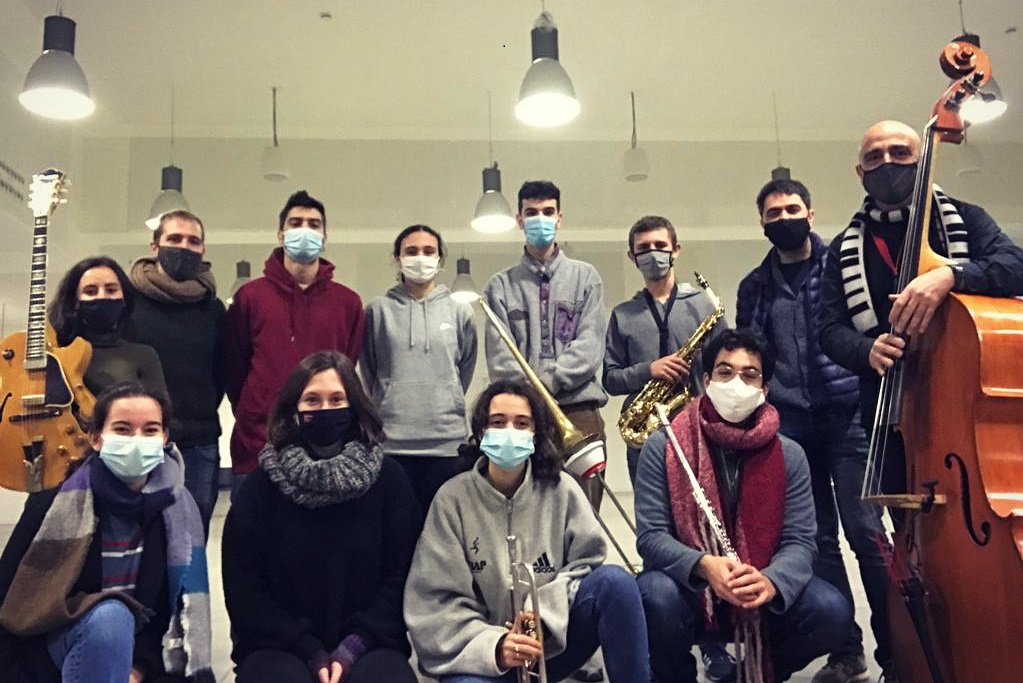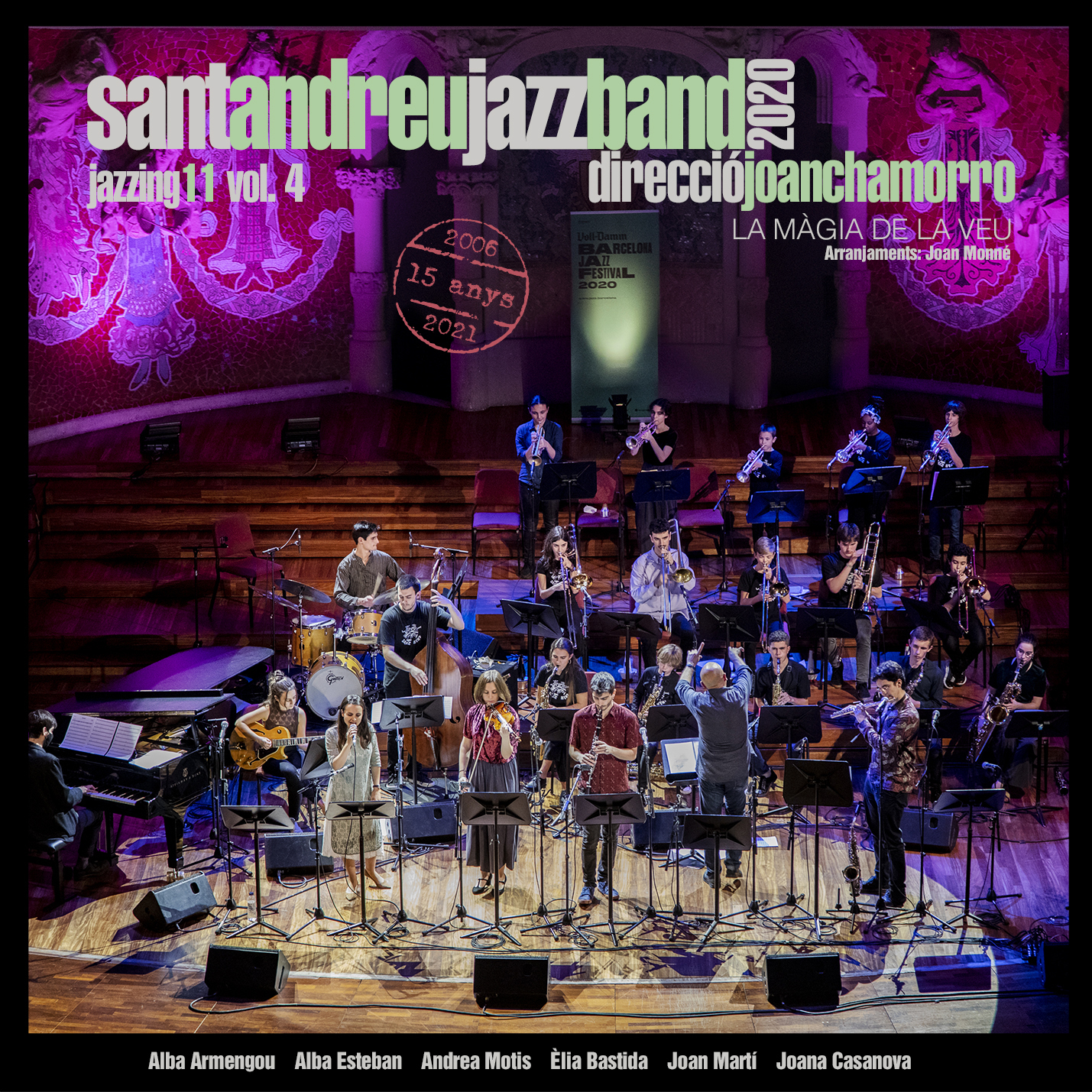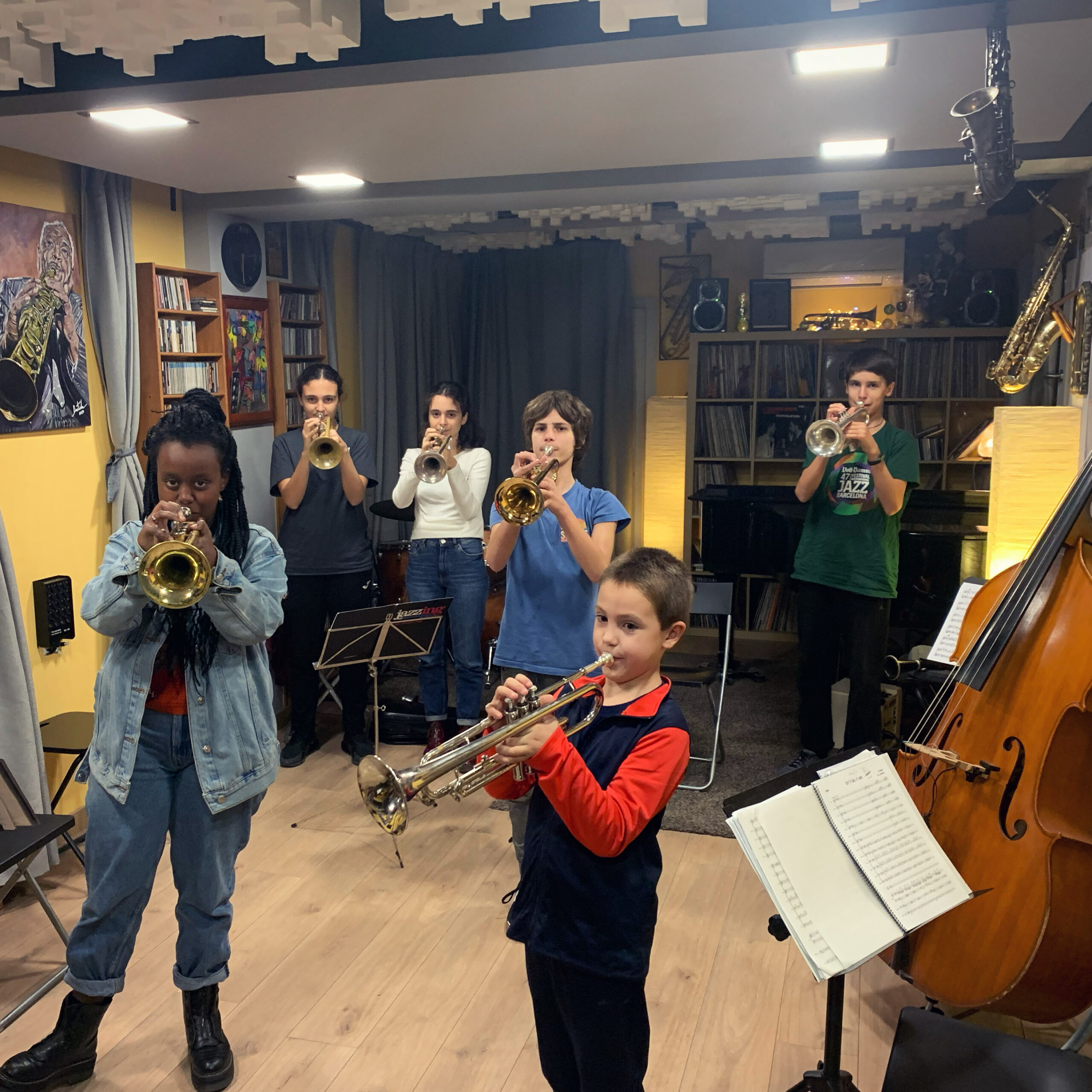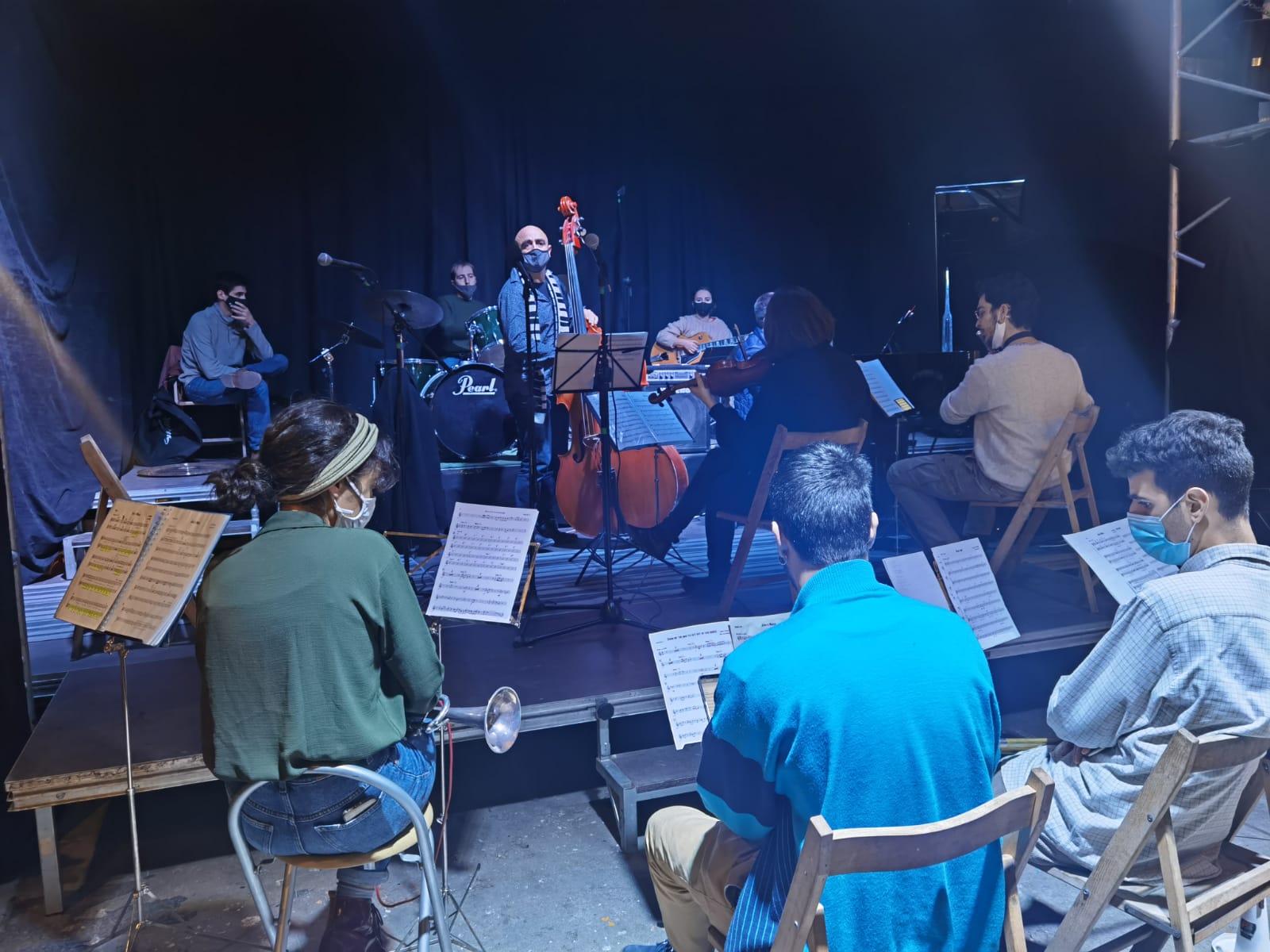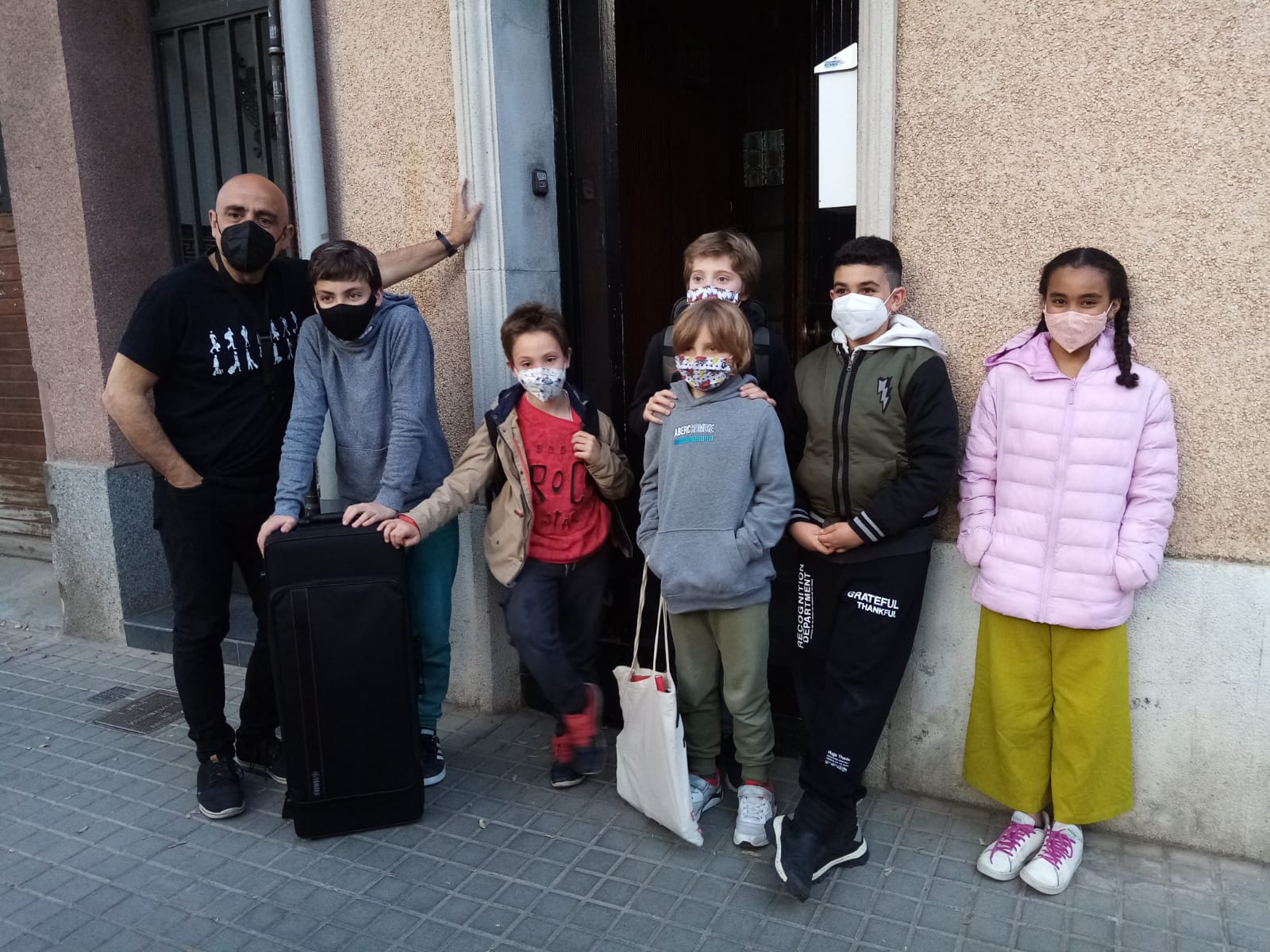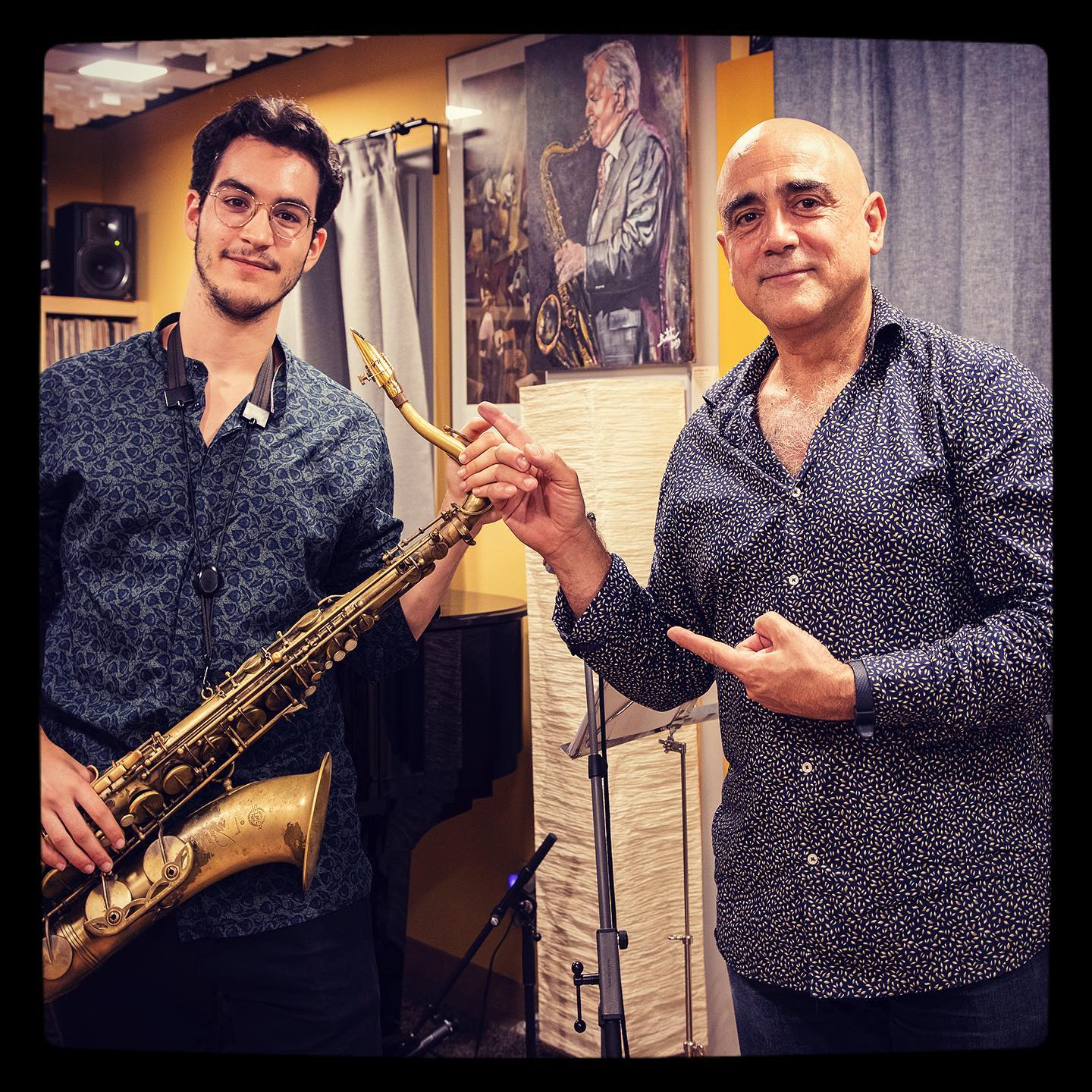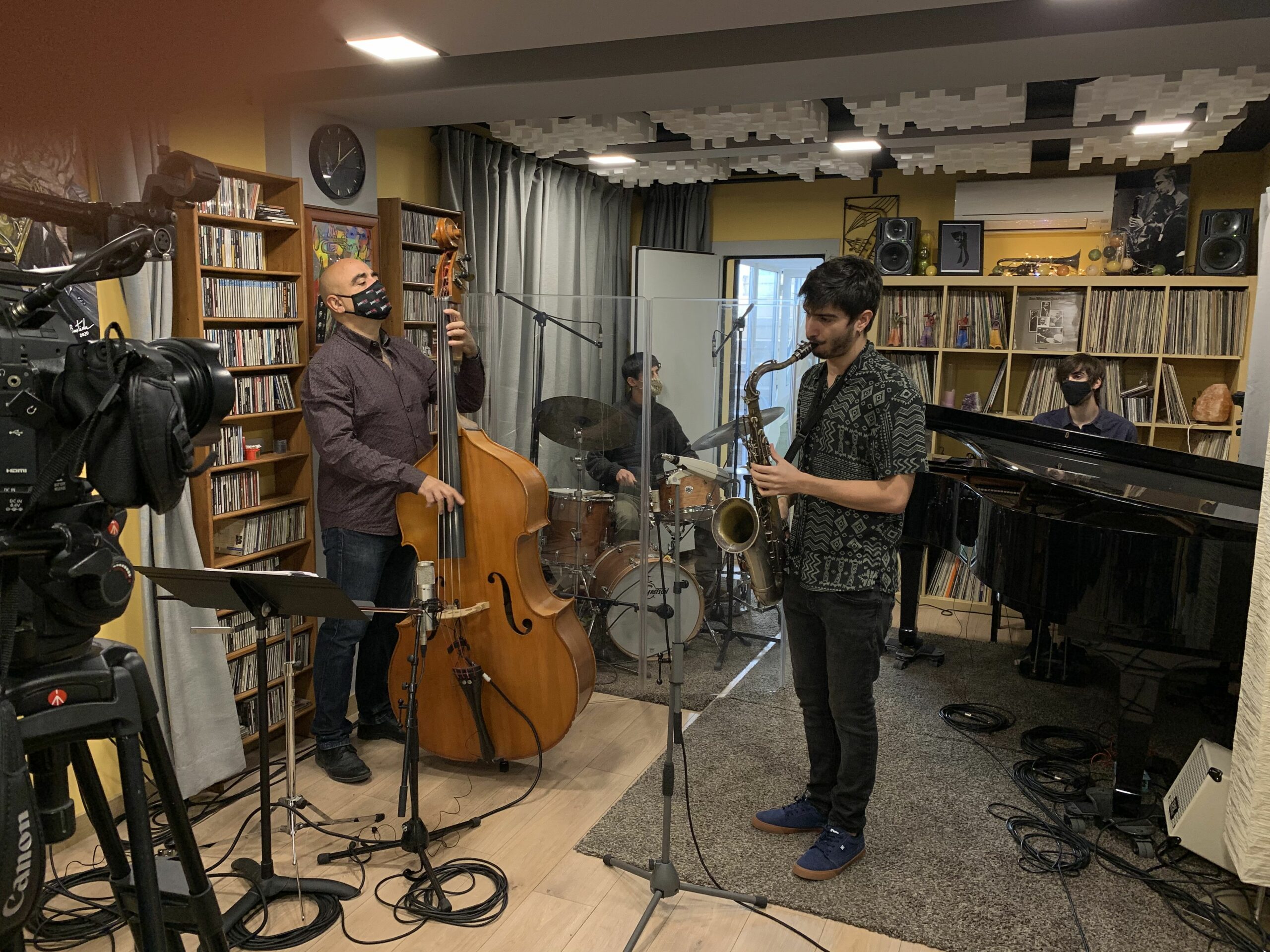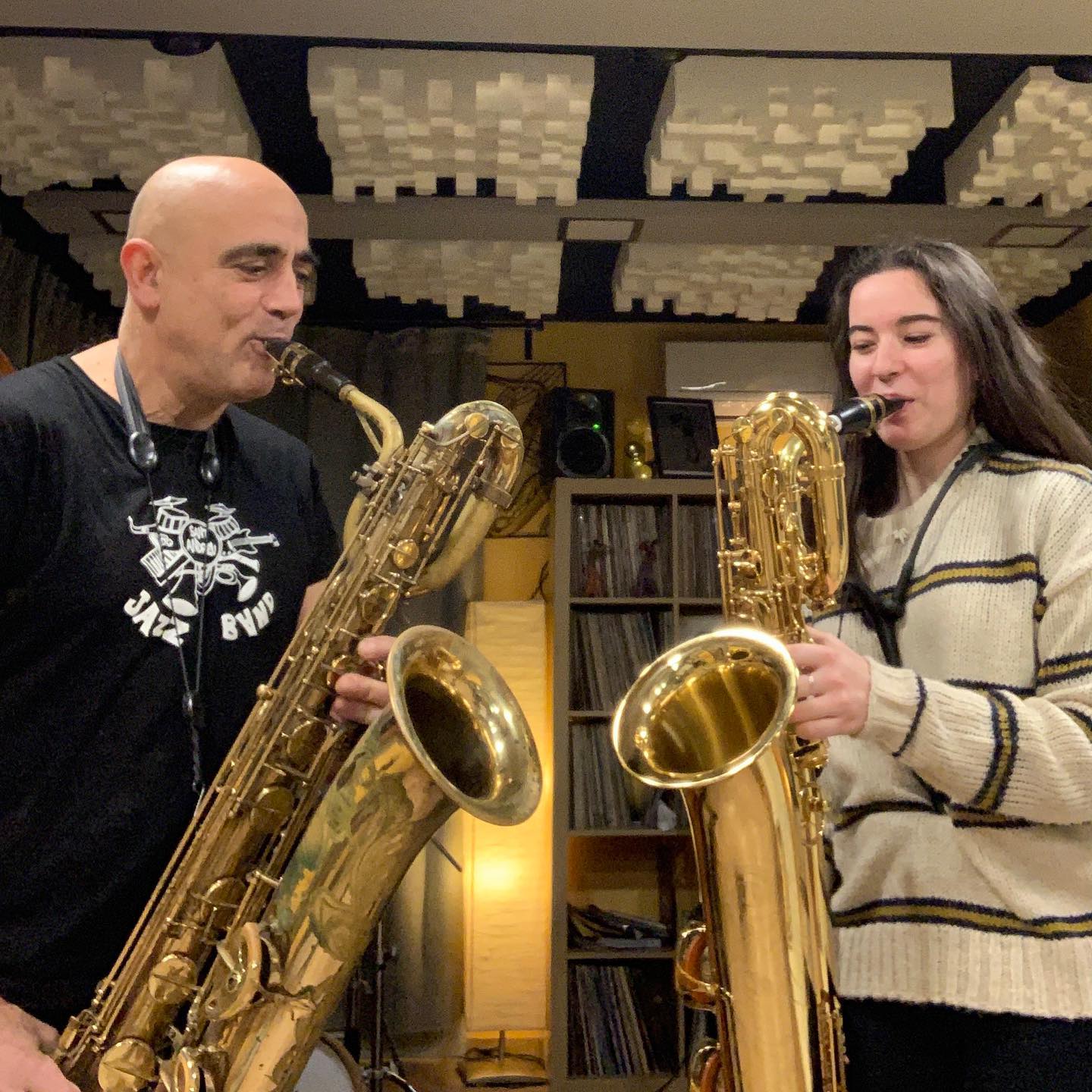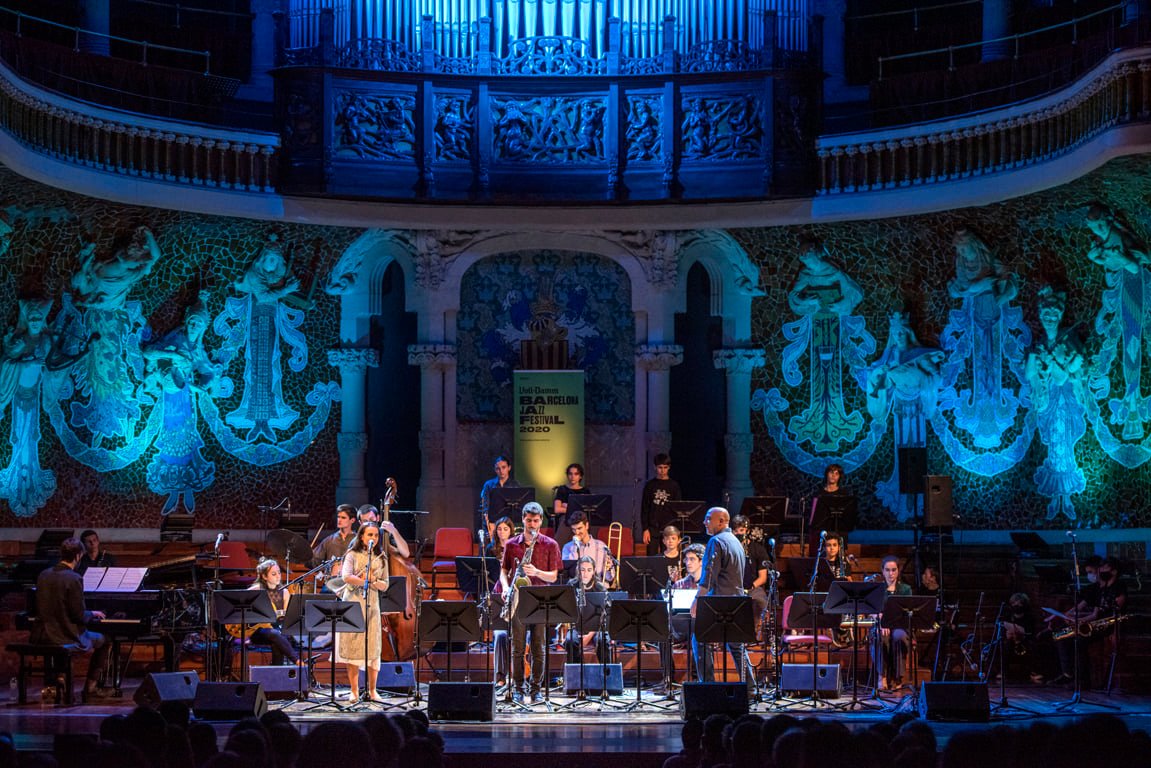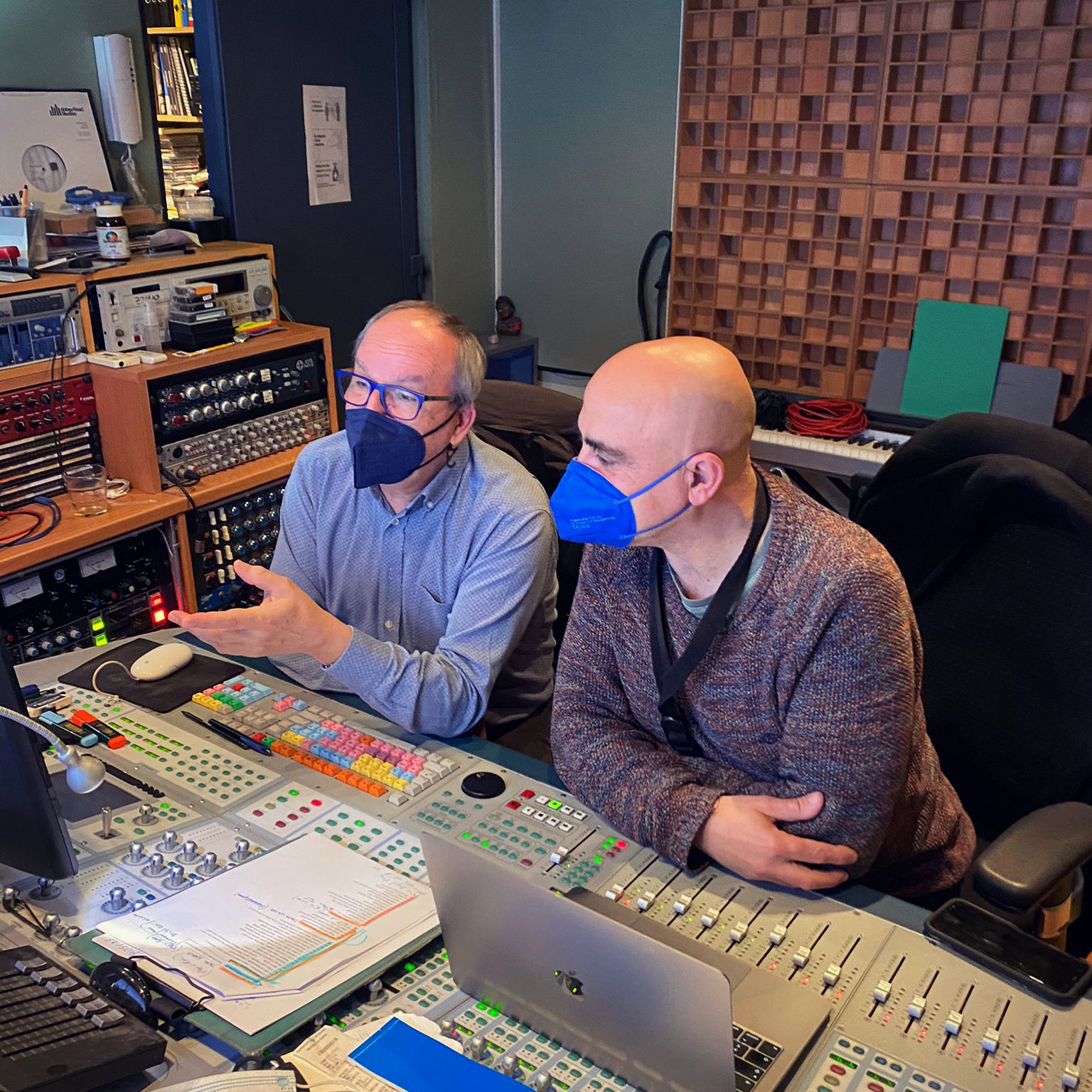.
live in the north of Europe. The first time I took note of a fado song was perhaps in 2013. During the following years, my interest grew and I increasingly searched for more. I found some wonderful recordings, singers and instrumentalists. I also learned about the fado houses of Lisbon. In 2016, my wife and I were ready to go to Lisbon to experience fado in some of those fado houses. We have now visited Lisbon five times with the main purpose of enjoying and learning about fado. Last time was in February this year (2024).
During our 2019 visit to Lisbon, we had the pleasure of enjoying the singing of the fadista Lina Rodrigues at the fado house Clube de Fado. However, at that time she, as an artist, called herself Carolina. She later changed her stage name to her given name, Lina. This is the name I will use in this article.
The very first time we experienced her singing live, we felt that there was something special about her performance, and that feeling has only grown. Since that experience, Lina is one of the singers who we always ensure that we can see whenever we visit Lisbon.
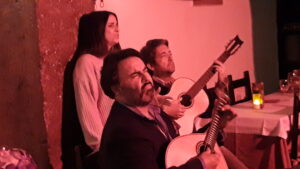
Clube de Fado, April 3, 2019
Expression and presence
What is it about Lina’s singing that attracts us? In trying to capture these qualities, I can draw upon the analysis by the Swedish fado connoisseur Ulf Berquist. The analysis can be found in a review of Lina’s second album, Encantado, where he also comments on her first album, Carolina. Although the review was published on Bergquist’s blog back in May 2015, I think it remains relevant. In my translation from Swedish, this is what he writes.
…/Carolina/ is a very musical singer who creates life and energy in the melodies through fine dynamic shades, flexibility in phrasing and elegantly ornamented lines. The music alternates between relaxation and tension, and despite a moderate sound level, Carolina creates a restrained drama in a soft, intimate and sensitive way.
He continues further down in the review:
I think Encantando is about as successful as Carolina, but testifies to a greater renewal in the choice of repertoire. I like both and hear them with the feeling that the singer is not using one hundred percent of her talent. What is missing? Not easy to say. My impression is probably based on having heard her sing on several occasions at the Clube de Fado in Lisbon (where she still sings four nights a week). With her pleasant voice, her concentration, her expressive, nuanced singing style and her measured and elegant body language, she can create a charged atmosphere, a meeting point between artist and audience that becomes a lasting memory. Her personal radiance in this environment is probably impossible to capture in recordings.
What I would like to add to his analysis is the concept of presence. While singing, Lina radiates a strong sense of presence. She is spiritually very much present and that sense builds a strong connection to me.
Is presence a quality that is particularly important for singers of fado? I cannot say whether it is more important, but I would argue that presence is definitely an important trait of fado singing. But, as is the case for singers in any genre, different fadistas can radiate presence to varying degrees. How much can you sense that a fadista is spiritually present?
This is where I believe that Lina’s fado singing has special qualities – not only her vocals, but also her body language. As Ulf Berqquist writes, both are somewhat restrained, which I believe make the dynamics of her singing more delicate. Her expression is graceful yet expressive. And, as a base for it all, Lina’s voice is beautiful. Overall, you very much believe in her presence; that Lina is ‘there’ and that her expression grows from a genuine and personal feeling. When you experience her perform in a fado house, and visitors adhere to fado house rules and concentrate on the performance, there is nothing that can disturb that feeling.
And as Ulf Bergquist writes, maybe it is impossible to capture on a recording Lina’s personal radiance in this environment. Presence is probably a quality that, for natural reasons, can best be communicated in live performances – and (to a point) the smaller the venue the better. This could be the case for all performers, but Lina’s particularly strong ability to radiate presence might mean that the difference to her recordings is greater than for many other fadistas. This does not imply that Lina’s recordings fall short of other fadistas’ recordings, but that she has a particularly strong ability to create and communicate presence in the intimacy of a fado house. Sitting close to a performance of Lina and her accompanying group in a fado house is a cultural experience that I would like to share with everyone.
Clube de Fado, February 2024
Last time we experienced a performance by Lina was in February 2024. We spent ten days in Lisbon to enjoy fado at different fado houses, and two of those nights we were happy to experience Lina’s performances at Clube de Fado. During a fado night at Clube de Fado, three different fado singers each perform twice. Usually, they are accompanied by the same three instrumentalists, playing Portuguese guitar, Spanish guitar (viola fado) and double bass. There is also an instrumental performance in between – altogether seven performances.
The first of the two nights, Lina was the third singer to perform, so her two performances were the third and the seventh. As guests should not eat or talk during a fado performance, and the performances are interlaced by the various parts of a three-course meal, the last performance can take place quite late. This was one of those nights, and as a guest you can become quite tired when the time is getting close to 1 am. But when Lina and the instrumentalists entered the room for the second time, and Lina started to sing, it was like magic. Her performance has never touched me more. If I remember correctly, she started with the first song from her last album, Desamor from the album Fado Camões. That choice of hers is an interesting choice. I will come back to that.
The main image above is from that first night. The next night that Lina performed at Clube de Fado we met her for an interview in between her two performances. Fortunately, Lina was the first singer that night, so after her first performance we met quite early upstairs at Clube de Fado. These were some of the topics we talked about.
Background
Lina was born in 1984 in Germany, where her family lived for eleven years. However, the family moved back to Portugal when she was only five months old. There she grew up in the countryside where the family had a farm. Lina’s first memory of fado was when her father drove a tractor, singing a fado song. He loved fado, and Lina found her way to fado by her father’s dancing and listening to the records of Amalia Rodrigues.
When Lina was ten, her mother moved to Porto along with Lina and her older sister, for the children to study. There, Lina combined the ordinary school subjects with studying music and taking singing lessons at a conservatory. She also sang in a choir and performed in operas. Once, she was chosen to play the main child character in a play.
The teachers had high and specific expectations on Lina, being “the most preferred child”, and they tried to orient her in cultural and intellectual directions that at that time were not hers. Lina’s comment is that she was not “the most sensitive child”.
My conclusion is that, from early on, Lina showed a tendency to develop along paths of her own. Her memory of fado was there, and fado gradually came to dominate her classical singing. When you hear Lina sing today you realise that, early on, she had professional vocal training and experiences, but her classical training eventually became subordinate to the development of the fado expression.
That choice has proved to be successful. Eventually she became a performing fadista in Porto – and later in Lisbon. In 2007 Lina became a regular fadista at the famous Clube de Fado, where she stills performs regularly. Lina has now released four albums, and she gives concerts in Portugal and internationally.
Presence from the inside
As the sense of presence is important to my appreciation of Lina’s singing, I ask her how she herself experiences this dimension of her performance. How does presence “feel from the inside?” (Although this question might seem obscure, Lina understands what I mean.)
However, asking this question, I am slightly concerned that I will receive an answer that will diminish my enchantment with her singing; that she will disclose techniques used to give an impression of presence. However, I am reassured when she talks about presence as a gift rather than as an impression created by a technique. The straightforward answer is that Lina feels what she sings. Sometimes her feelings are emotional, sometimes more meditative. And sometimes she can imagine some kind of light in her head, and she experiences herself as a messenger who receives something that she passes on.
This is enough for me, and I will continue to enjoy her presence without trying to understand what I am experiencing.
Venues and recordings
Musicians perform at different kinds of venue. For a fado singer, a fado house is a typical venue. Some singers combine performing in fado houses with performances in concert halls of various sizes, and some only give concerts. And music can be recorded on audio or video – live or in studios. These different ways of creating music differ in many ways – both to the musicians and to the people who experience what the musicians create. I asked Lina a few questions about how she experiences the different venues and forms of producing music.
Lina feels that the fado house is, in some ways, like a school to the musicians. It is a more relaxed venue than a concert hall. In fado houses you can over time sing many different songs, you can test a performance and it is accepted that you sometimes make mistakes. In those ways the performance in a fado house is less formal than one in a concert hall. But the informality of a fado house has its limits. Musicians need the audience to be quiet in both types of venue. I suppose that for people not used to fado, being concentrated and quiet might come less naturally in a restaurant than in a concert hall.
Lina likes both kinds of venue, with their different characteristics and qualities. She explains by giving examples. In a fado house there are many kinds of people, sometimes children. Some come when visiting the city for the typical Lisbon experience of a fado house. Others come there to enjoy a meal with music. Still others come mainly to enjoy the music. Some investigate beforehand who is singing which night, but others just want the general experience of fado in a fado house. In a concert hall the focus is, of course, on the musicians and their (well prepared) performance. People who are interested in the performing musicians and their music come there to see them, with an extra emphasis on literally seeing them.
Lina also likes to record albums, and she appreciates the possibility of receiving feedback on her albums from listeners on social media. However, as some listen to music on streaming services instead of buying albums, it is a financial problem to musicians that the remuneration from streaming services is very low.
Lina also points to the fact that recordings of music need to be well prepared. The recording sessions are expensive, and when the recordings have been released the result will be there forever.
Based on my idea that presence can be more easily conveyed through recordings when you can actually see the artist, I asked about her views on making videos. However, Lina is sceptical as the costs are very high and the production complex. And without an audience, she thinks it is impossible to create the same emotions as in a live performance.
Unfortunately, we did not discuss the possibility of recording live performances. I believe such recordings of high quality may be a good enough substitute if you cannot visit a fado house or a concert hall.
Artistic development
Lina has released four albums, and I say to her that they are quite different. “That’s the point”, Lina comments, as the differences relate to her personal and artistic development.
- Carolina (2014)
- Encantado (2017)
- Lina_Raül Refree (2020)
- Fado Camões (2024)
Her first two albums are those that I find most alike. The music is close to the fado tradition.
Although Lina sings classic fado songs on her third album (Lina_Raül Refree), the arrangements are very different. The album is a collaboration with the Spanish musician and producer Raül Refree. He is a guitar player but chooses to play piano and synthesisers on this album – which gives quite a different character to the songs when compared to traditional fado music.
Lina appreciates the freedom that Raül gives her in their collaboration. With Raül, she can do more than traditional fado songs. She says that she needs “space to sing”, and that she likes to sing acapella. She feels free not to care about rhythm and instruments. She also likes the extreme opposites between silence and the noise that instruments can produce. She wants to feel the differences. Raül helps her to understand this and to feel freer. I think that knowing these ambitions adds to the experience of listening to their collaborative album.
However, Lina perceives her latest album, Fado Camões, as her most important. It is different to all of her previous albums. Although she continues along some of the lines drawn in her third album, I would say that – with poems of the great national poet Luís Vaz de Camões, and together with the producer Justin Adams (also on percussion, guitar and programming) – she has created an album with a more harmonious expression than her third album. Some of the music has been borrowed from traditional fados, and some is newly composed by Amélia Muge or by Lina herself.
Although more harmonious than her third album, the music is still serious and sad, as fado most often is. A Portuguese guitar is involved, played by Pedro Viana, and John Baggott contributes on piano, Fender Rhodes, Moog, bass and, drum programming. The fact that the instruments play roles different to those in traditional fado perhaps gives Lina some of the space and freedom that she wants. The album has been very well received in the community of world music.
But, as Lina says, it can be difficult to sing her own repertoire in the traditional fado houses. The fado house musicians know the traditional fado songs better.
This is where I want to return to the fact that Lina and the accompanying instrumentalist at Clube de Fado performed a beautiful version of the first song of her latest album, Desamor, when we were there. I would like to hear more of that combination, and hopefully we can eventually be able to enjoy more of her own repertoire in traditional fado houses with traditional accompanying instruments.
It was in connection to her collaboration with Raül Refree that Lina abandoned her artist name Carolina. She now wants to appear as her true self (and call herself by her given name) as an artist. But the change of name has caused some problems. When you search for her music on streaming services, or search for her on the Internet in general, you need to know that she has appeared under different names. And even if you know, it is frustrating that there is not a way to find all of her music by using only one of the names. At least streaming services should have a way to connect all recordings of an artist, even if they are released under different artist names. I would not like her beautiful first two albums, or fabulous early YouTube recordings, to be forgotten just because they have been released under a different artist name than Lina.
_________________
So far, I have only experienced Lina perform live in a traditional fado house, so I might be biased in my preference for her singing traditional fado. After all, it is in live performances that one can best enjoy an artist’s sense of presence. However, I will very soon attend one of the concerts of her current European tour, the Lina Fado Camões 2024 tour. I am looking forward to the possibility of enjoying dimensions of her music that I have not experienced live before.
.
Dortmund June 31, 2024
This is a short add-on to the article above. About a month after the article was published, we attended one of the concerts of Lina’s Fado Camões 2024 tour, the concert at Club Domicil in Dortmund. It was mainly based on her latest album, Fado Camões. I am happy to say that experiencing Lina’s recent music in a live performance made us embrace this modern form of fado and include it into our music treasury. The venue was a small concert hall, of course not as intimate as a Portuguese fado house, but Lina’s stage presence and beautiful voice still reached through to our hearts. A compliment also to her two fellow musicians, Lanina Khemelik and Pedro Viana.
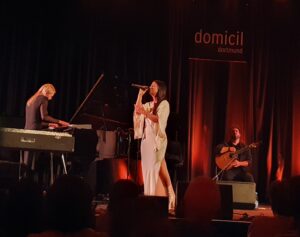 .
.Videos
Most of the videos linked below represent Lina´s four albums. In connection to the album Carolina, several live music videos of high artistic and technical quality were produced. They are live in the sense that you can see and hear Lina sing and her accompanying musicians play, but there is no audience. However, I have enjoyed these wonderful videos many times.
There are no such videos in connection to the album Encantado. Therefore, it is here represented by three ‘audio videos’. The two albums Lina_ Raül Refree and Fado Camoës are represented by different modern video concepts.
In addition, there are four other videos. One was recorded at the Museu do Fado in Lisbon (2021), another at the Festival de Flamenco y Fado de Badajoz (2022), and two at the small fado restaurant Mascote da Atalaia (2019), that later changed its name to Canto da Atalaia. These two last videos highlight how fado is not always sad.
Carolina (2014)
.
.
.
.
Encantado (2017)
.
.
.
Lina_ Raül Refree
.
.
Fado Camões
.
.
.
At Museu do Fado (2020)
.
At the Festival de Flamenco y Fado de Badajoz on Juli 1, 2022
.
Having fun at Mascote da Atalaia* (2019)
.
*The restaurant later changed its name to Canto da Atalaia
